
Château La Mission Haut-Brion. Courtesy of Domaine Clarence Dillon
For the cosmopolitan Prince Robert de Luxembourg, owning one of the world’s most celebrated wine estates, Château Haut-Brion, was not enough. The former Hollywood screenwriter is creating a world of fine wine and cuisine fantasy for visitors to enjoy in Bordeaux and Paris – and much more besides. Darius Sanai chats to the Prince about the future of Thomas Jefferson’s favourite estate
Chatting in fluent English about online retail and the Chinese social media app WeChat, Prince Robert de Luxembourg does not exactly conform to a preconception of a European prince who owns the longest established of all the great Bordeaux wine estates.
And yet since he took over Domaine Clarence Dillon, maker of Château Haut-Brion, in 2003, Prince Robert has transformed the company, taking it from being the maker of a couple of the most celebrated wines in the world (Haut-Brion and its sister, La Mission, and their second wines) but little else (and a little profit), to a business employing 200 people with five different wine ranges, a two Michelin-starred restaurant in Paris, an upmarket wine store next door, an online fine-wine retail business and a wholesaling arm.
Follow LUX on Instagram: luxthemagazine
To add a little tannin to the story, Prince Robert, despite being born into the family that owns Château Haut-Brion, was not even intending to run it. In his youth, he was a successful screenwriter, spotted by Creative Artists in Los Angeles, with one of his scripts optioned by Steven Spielberg. To this day, he looks as if he would be as comfortable sipping a margarita in Malibu as a glass of the legendary 1989 vintage of his wine in Bordeaux.
You also feel he has only just begun on his journey of creating a real enterprise around a gem that was previously, if not neglected then certainly not fully polished.
He insists that he will not, unlike Bernard Arnault of LVMH, luxury magnate and owner of the equally celebrated Château Cheval Blanc, be lending his wine’s name to a hotel group. But there is more in the offing, including a tasting, dining and museum facility at the château itself. Unlike Cheval Blanc, Petrus, Lafite and Margaux, Haut-Brion is easily accessible from the city and airport of Bordeaux, and it is a place where he is determined that any lover of great wines should be able to visit and enjoy.

Prince Robert de Luxembourg. Courtesy of Domaine Clarence Dillon
LUX: What were your dreams when you were young?
Robert de Luxembourg: Like all of us, I had all kinds of different dreams depending on my age and some of them were realistic and some were less so.
LUX: Not many owners of Bordeaux First Growths lived in the US and were scouted as screen writers by Stephen Spielberg.
Robert de Luxembourg: I lived in the US only because I went to university there for a short while (at Georgetown) in Washington DC. I was there for under two years. We’ve always had family properties in Maine up in the north-east where I go every summer. Afterwards, thanks to my future wife, we became involved in screenwriting. She was very keen and had done some courses and was working on some ideas and had written a couple of films before I became involved with her, and we wrote a first speculative script when we were living all over the place, including France and driving around. That was the one that was picked up by Creative Artists in Los Angeles and we were signed as young writers; there was interest from Spielberg in that script but we ended up auctioning it to Columbia Pictures and then we worked with different people on it including Peters Entertainment, Original Film and David Heyman. We would come and go. Creative Artists would set up two weeks of meetings for us; and then Columbia and David actually hired us to write another screenplay.
Read more: Penélope Cruz on designing jewellery for Swarovski
LUX: Does a bit of you wish you’d carried on?
Robert de Luxembourg: You can’t do everything in life, and what appealed to me initially about that was I was working with my future wife, and then the realities of our lives made it a bit more complex. I loved the purely creative process. But I have been able to enjoy that in the work that I do in the wine industry throughout all kinds of different projects, whether it’s in the wine estates’ architectural projects or whether it’s developing business ideas. My need, I have come to understand over time, is to be able to develop projects and to basically be able to tell a story and then see that story come to life. So, I have been continuing to write these stories even if they are virtual and seeing them come to life whether it is at Le Clarence or La Cave du Château, or whether it is creating our wholesale business plans.
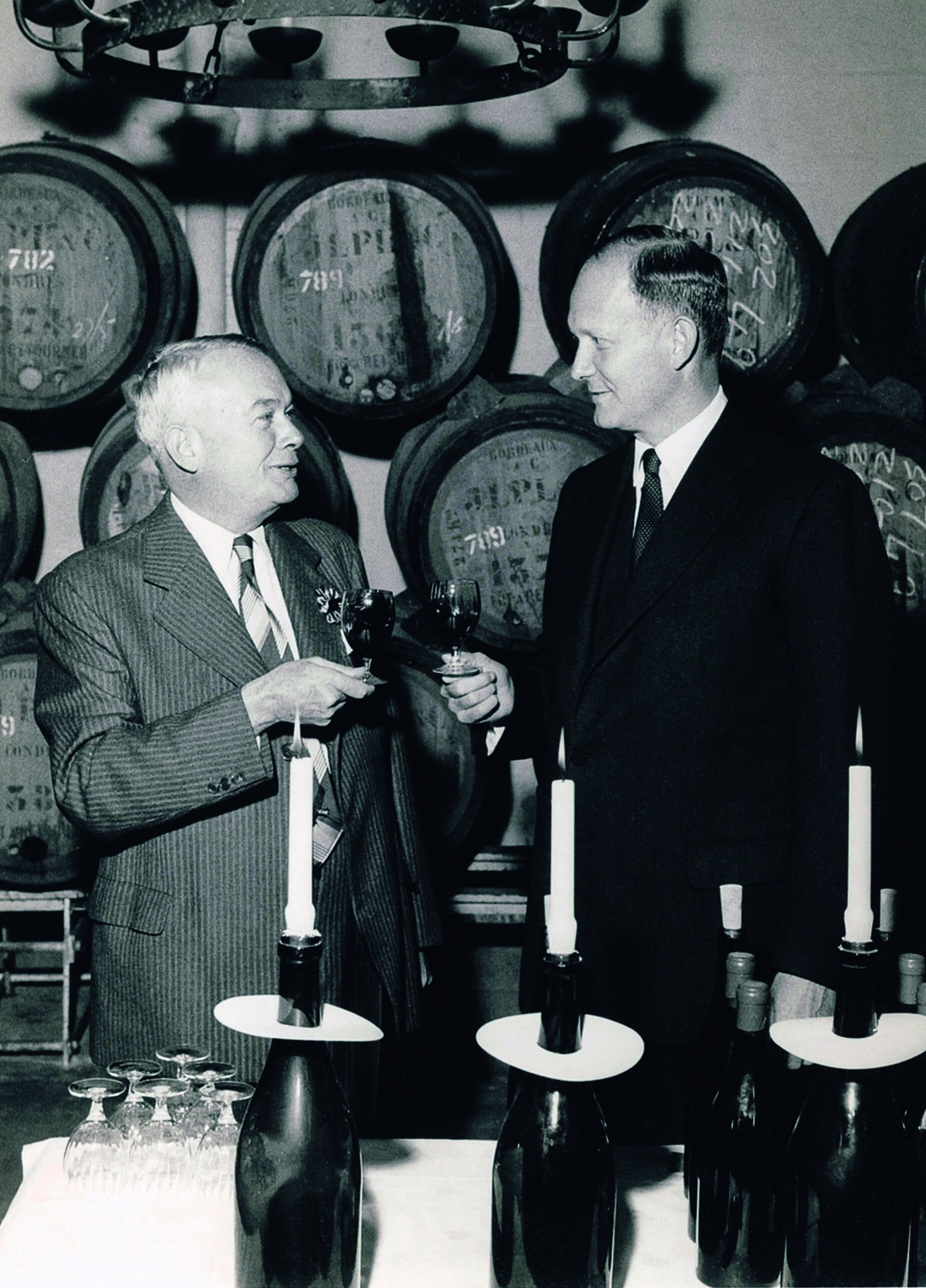
Seymour Weller and Douglas Dillon, respectively nephew and son of Clarence Dillon. Courtesy of Domaine Clarence Dillon
LUX: Was it always inevitable you would go into the family business?
Robert de Luxembourg: In 1993 it was clear that we needed to have the involvement of a young family member in the business. My mother was older and my stepfather, her husband, who was also managing director of the company, was also older, so there was a definite need to bring in new blood. At the time my writing was going well, so I spoke to my grandfather because I could see my career moving away from the family business, and I said, “I’ve been led to believe that there might be interest in me becoming involved. If that is the case, it’s really going to be now or never”. I had moved back to Europe, I was starting a family, I had bought a property and was building a house and all the rest of it, and so I was physically present and I could do it.
I didn’t know to what degree it would become such a central part of my life or how time consuming it would be at the time, but I said to him I don’t just want to be a caretaker if I become involved. I didn’t want to be involved for the glory of being associated with a wonderful story which is Haut-Brion, but to look after the business and develop it, and so he agreed with that, and then I became involved.
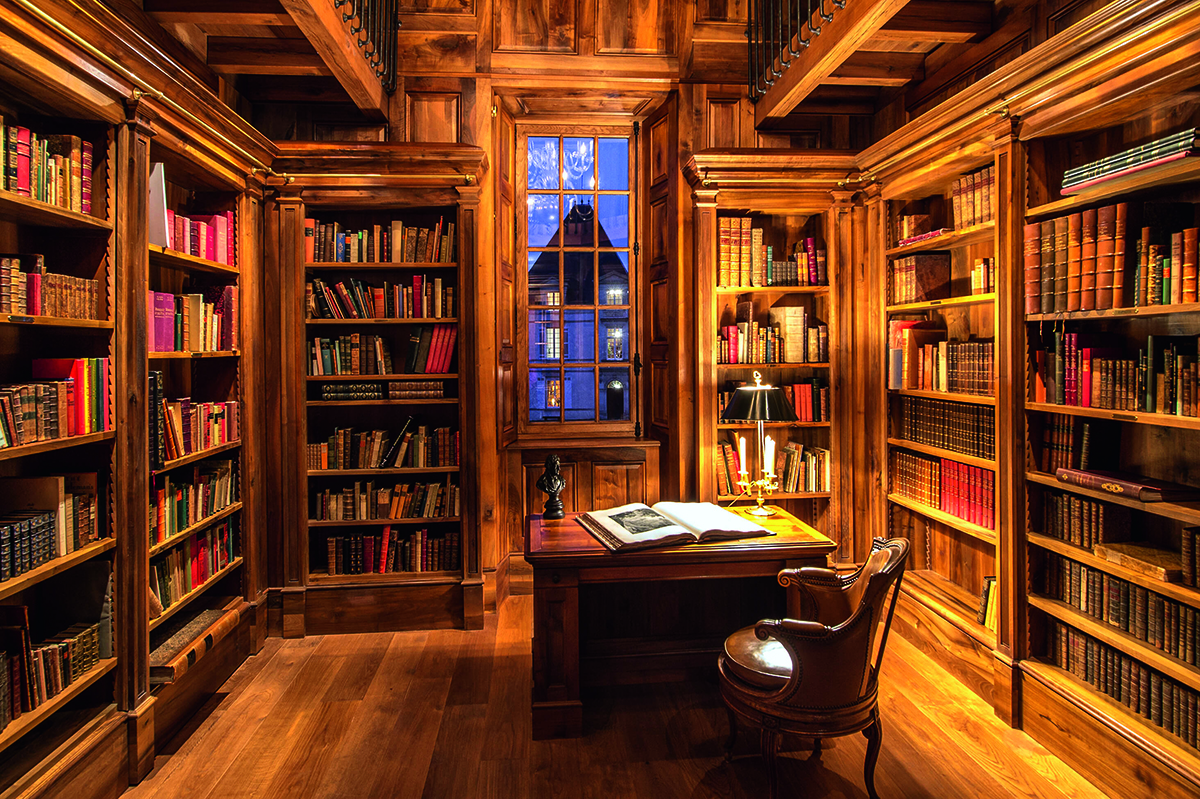
The library at Château Haut-Brion. Courtesy of Domaine Clarence Dillon
LUX: What was your plan when you started?
Robert de Luxembourg: I had to deal with the most basic things, like branding for example. I also wanted to make sure that we had as much focus on La Mission Haut-Brion [the sister property of Château Haut-Brion, regarded by many experts as equally good] as Haut-Brion so that they were both treated as equals. The business had always been a folly, never a business, we never took any money out of it. It was really just about making exceptional wine. I recognised that was not going to be a way that we could maintain family ownership over the generations. You have to also have a vision, you have to also be able to develop the business, and eventually down the road have a realistic income stream for future beneficiaries.
The story we had to tell was just extraordinary. We wanted to communicate it properly to the outside world, including that Haut-Brion has the most extraordinary wine history of any of the estates in Bordeaux, and we didn’t talk about it enough. Haut-Brion’s red wine as we know it today was basically invented by the Pontac family, and we had this extraordinary story of how the first vines were planted there probably in the first century AD, whereas the Médoc [the main red wine region of the left bank of Bordeaux] was only developed in the 17th century, so 1,600 years later. We were really the birthplace of the great wines of Bordeaux.
Read more: Designer Ali Behnam-Bakhtiar on bringing dream worlds to life
The Pontac family started all of these technological advancements, meaning they were able to develop the new French claret (red Bordeaux wine) that became famous thanks to their extraordinary marketing tool of opening up the Pontac’s Head tavern in London in 1666 after the great fire of London, where all of the cognoscenti at the time would go; everyone from John Locke and Isaac Newton to John Evelyn and Samuel Pepys would be there.
Since then, there has been the development of a new wine estate, Quintus, which really came into existence in 2011, so next year we will be celebrating our 10th anniversary. And then the creation of Clarendelle [high-quality entry-level white, rosé, red and sweet wines]. And that was an easy story for me to tell. I was a young man looking for a great bottle of wine that had a little bit of age on it where I wasn’t going to have to break the bank and have to store in a cellar in London because I didn’t have one. I could buy extraordinary aged Spanish wines or even some Italian wines but I couldn’t find anything from Bordeaux that had the regularity or quality at that price point. That’s where that idea came from.
LUX: With something like Le Clarence, the two Michelin-starred restaurant in Paris that opened in 2015, how do you decide that something which might be interesting to do will also be a good business?
Robert de Luxembourg: There’s a little bit of a field-of-dreams scenario in some cases in that if you build something then they will come. Le Clarence was inspired by the Pontac family opening up this extraordinary restaurant in London in 1666 where they introduced the new French wines of Haut-Brion. It became the most hyped-up meeting spot in that city, and I also thought if they can do that in 1666 after the Great Fire of London, we could open something up in the heart of the most visited city in the world, Paris, a few feet from the most visited shopping street in the world, the Champs-Élysées. If they were successful then, why not now?


Le Clarence chef Christophe Pelé (above) and a dish of sea urchin with nasturtium. Courtesy of Domaine Clarence Dillon.
My wife told me I was absolutely crazy but I said why not do something a little bit different, I would like to design it myself, decorate it myself, build the team around it myself and do something that’s unlike anything else that’s out there. Because I could see the way that people would react when I would invite them to Haut-Brion; they would come to the château for lunch and you could see that people were charmed by that experience. It’s a home, it’s a family story, it’s a historical story and no one else can tell that story but us.
Today it is easy to find perfection in all of these designer restaurants in great hotels around the world that are designed by the same people oftentimes. But I think what’s truly priceless is finding a soul and also finding a perfection in imperfection.
LUX: And what about the idea of starting a wine shop in a city, Paris, that has no shortage of them?
Robert de Luxembourg: Once again, it was about how do you create a unique experience. You can see what Hedonism Wines did in London for example. You didn’t have a lack of wine shops in London yet what Hedonism did was unique and founded a new customer base. Also, Sotheby’s have done an amazing job with their wine shop in Manhattan. La Cave du Château is very specifically focused on the best French produce. My first job was writing letters to about 500 wine producers in France asking them and begging them if they could give us a few bottles to sell directly from the estate. And then creating an environment that was beautiful.
La Cave has developed into an e-tailer, a rather exciting new development that has been a lifesaver for us over the last few months.

La Cave du Château. Courtesy of Domaine Clarence Dillon.
LUX: Walking around La Cave and Le Clarence, you feel that they are more private clubs than commercial entities.
Robert de Luxembourg: Ha, yes, I know, it does not look very commercial. But once again, that’s the ultimate luxury. You don’t want to be going to a place where you are right next to other people. For a lot of these people today the ultimate luxury is being comfortable, you don’t want to be overheard by the next table, you want to be in a place where you have space and a sense of privacy. The premise was to receive people the way we receive people at the château in Bordeaux, and to have a place where, before you go down to lunch, you can go and sit in the living room and have a glass of champagne, and after dinner you can go up and have a brandy as you would in the château, and if you want to go outside and have a cigar you can do so.
LUX: And we know you have more plans…
Robert de Luxembourg: Yes, we will be opening up private dining rooms in Bordeaux, with a visitors’ centre. We will have a new Cave du Château which we’ll open up in our visitors’ centre, managed by our retail arm. We will have multiple private dining rooms there, and they can have an experience like the one they can have at Le Clarence but with an extraordinary wine shop downstairs, right within the vineyards of Haut-Brion.
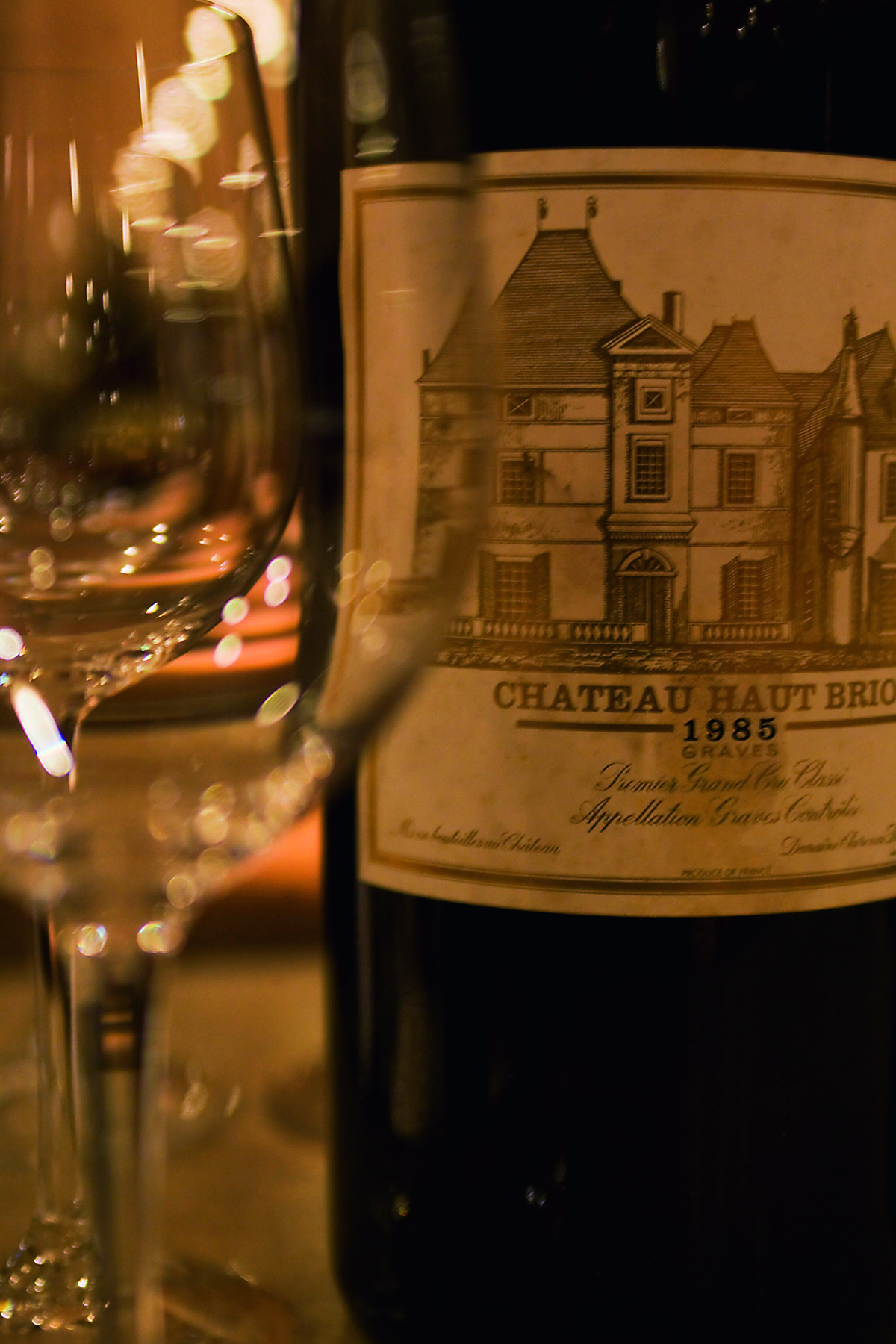
Château Haut-Brion’s acclaimed 1985 vintage. Courtesy of Domaine Clarence Dillon.
Prince Robert de Luxembourg’s desert island wines: Château Haut-Brion 1945, Château Haut-Brion 1989, Château La Mission Haut-Brion 1955, Château Haut-Brion Blanc 1989, Château La Mission Haut-Brion Blanc 2009, Château Quintus 2019
LUX: With Château Haut-Brion, you are the guardian of one of the world’s great luxury brands. How does that feel?
Robert de Luxembourg: I’d like to say it’s the greatest! I don’t know – it depends how you define a brand. I am not arrogant because I am not responsible for it.
LUX: Traditionally, awareness of the great Bordeaux wines was handed down from parent to child – unfortunately, usually father to son. Now there are so many new markets – how do you pass the message on to the latest generation of wine lovers, and how do you ensure that the status of the brand is clear?
Robert de Luxembourg: It’s a challenge for us. When I first got into this space, a real wine lover in New York or Singapore or Hong Kong would say how exceptional our wines were. But none of our competitors had the regularity of the past century that we had at Haut-Brion. That was something not really known by the greater public, and it was something I felt we needed to work on.
We continue to be active and interact with people. We were the first First Growth to have our own server and website in China or have a YouTube channel or a WeChat account for our wholesale business, or to open up Facebook, Twitter and Instagram accounts for our vineyards.
You will probably remember that it was considered that luxury brands should not be represented in this space, and it took away from the experience. I disagree with that because I think if you controlled the way you do it you can reach this audience, especially a young audience. Our client base was changing and we needed to adapt to the youth.
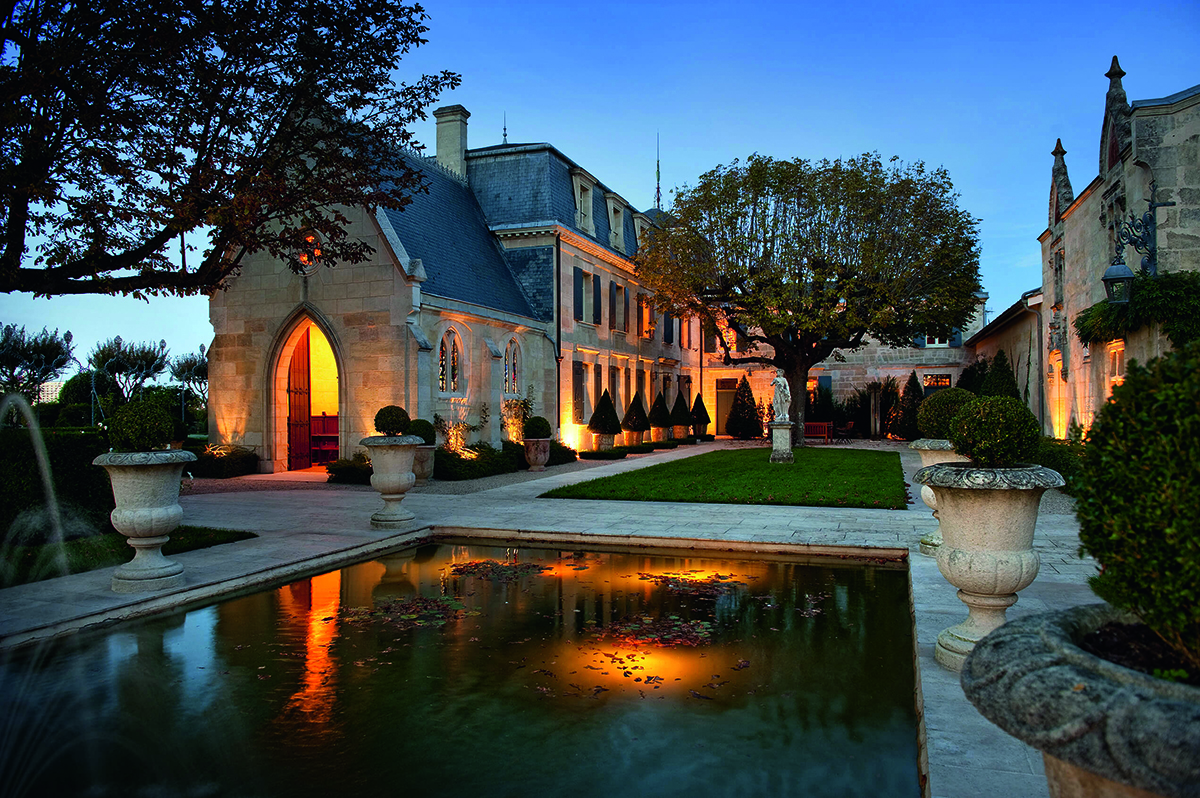
The chapel of Château La Mission Haut-Brion. Courtesy of Domaine Clarence Dillon.
LUX: And what about the wines themselves? There are commentators who say wine now is better than it has ever been because of advances in winemaking techniques. And others who say that, for example, the 1945 vintage is still the best ever made.
Robert de Luxembourg: The 1945 is the finest Haut-Brion that I have had the pleasure of enjoying. I have only had it about three times in my life. We sold the last eight bottles for charity about ten years ago, and we have none left.
But the unfortunate truth is that global warming has been beneficial to the regularity of quality with wines we’ve produced, alongside the technological advances. If you look at a temperature chart of south-western France over the years, and the heat of those particular years, you will note that the better vintages like the 1945 and 1989 are always the hottest vintages. I don’t want to take anything away from our winemakers and their work, but their work is easier dealing with a 1945, 1959 or a 1961 vintage.
Read more: Meet the marine biologist pioneering coral conservation
Yes, it is helped by technology and science, and also by massive investment. We have been in a golden period for the great wines of Bordeaux, and so we have made more money and thus are able to invest more money in all of our businesses and we always try and push the envelope and do better every year. And then we’ve had the arrival of the wine critics who have always encouraged and helped us to a degree, because we have people looking over our shoulder so you can’t get it wrong today. So, yes, I don’t think we have ever made better wines over a period of time than over the past two decades, and our climate conditions have greatly helped us.
LUX: Many wine lovers, after starting their First Growth cellar with the likes of Château Lafite and Château Margaux, eventually gravitate towards Château Haut-Brion. Why?
Robert de Luxembourg:As a wine lover, and I consider myself to be a wine lover before a wine producer, you tend to gravitate away from things that are easier to understand towards things that are more subtle and more difficult to understand.
And that is a disadvantage for Haut-Brion when you are doing a blind tasting and you are not eating and your more easily able on a cerebral level to recognise bulky and more fruit-filled wines. As you age and you become more educated, you want to have a different experience I think you look for something that sets off multiple parts of your gustatory experience, hitting certain spots you are not able to reach with other wines. It’s the same with a painting or a piece of music.
You might find it shocking and enjoyable to see a Pop art piece but over time you maybe gravitate towards something that’s a little bit more complex and has a little bit more depth, with more layers. And Haut-Brion is an intellectual wine because of the terroir, but also because of the way the wine is produced. We have always had that at Haut-Brion and La Mission Haut-Brion. They are wines that are more difficult to understand, but when you want to grow as a taster, they are remarkable wines. You see that people eventually gravitate towards lighter extraordinary wines, and great Burgundies which I love also, and I think that is also explained by seeking out something very subtle, elegant and complex.
LUX: What are the unique opportunities and challenges of running a family wine business?
Robert de Luxembourg: Already just being in the world of wine, there is the notion that we aren’t doing anything for tomorrow. A decision that I will make to pull up a parcel of vines and replant it will probably still benefit my grandchildren if they are lucky enough to be involved in the business. We don’t anticipate being able to have a short-term return on many of these projects. We didn’t take a penny out of the business for the first six decades of running this company. It really was a folly of my great-grandfather [Clarence Dillon, who acquired Château Haut-Brion in 1935] that was then inherited by his children.
Today we can’t just sit on our laurels and think that we are managing a jewel of today and being proud of being the wardens or owners of this jewel. We have to have a business that makes sense for future generations and shows some evolutionary growth because otherwise you will immediately get frustrations from the generations to come that build up, and we know how that ends. So that’s a big part of it, great people keeping great people on board, sharing that message with them, making sure they buy into that and we’ve been able to do that with all our companies.
We’ve had relative stability across the board with the teams of people that I work with. Take Jean-Philippe Delmas, a third-generation winemaker at our estate. His family arrived at Haut-Brion in 1923, so they are about to celebrate their century with us, but his is one of multiple families that have been with us for generations.

Château Haut-Brion. Courtesy of Domaine Clarence Dillon.
Winemaker and Deputy General Manager Jean-Philippe Delmas on the greatest wines from the Domaine Clarence Dillon estates
Château Quintus red 2011
We acquired this property in June 2011, so this is a first vintage. It is located on a promontory overlooking the Dordogne valley at the south-west end of Saint-Émilion. This wine is blended equally between Cabernet Franc and Merlot. It’s a sublime marriage of the finesse and elegance of Cabernet Franc with the power, colour and sweetness of Merlot.
Château Haut-Brion red 1989
Certainly the greatest success of all the wines produced by my father. Its harmony is close to perfection with a breathtaking intensity and aromatic complexity combining cedar, eucalyptus, mint, roasting and Havana. The whole tannic structure is coated, giving this wine an unexpected sweetness. This vintage remains and will remain a reference.
Château La Mission Haut-Brion red 2003
This is a vintage when the summer was scorching, so we started the red harvest in mid-August, working at sunrise at the coolest time of the day with refrigerated trucks to preserve the freshness until the vat. It is one of the few Mission vintages where there is a majority of Cabernet Sauvignon. The magic of this terroir does the rest with an incredibly fresh wine.
Château Quintus red 2019
This is the latest addition to this beautiful property in Saint-Émilion. After almost a decade of meticulous work, we have succeeded in creating not only a new brand, but also a new wine with its own identity. Over the years, we have patiently drawn the personality of this wine and have achieved our goal with this vintage.
Château Haut-Brion red 1929
Of all the vintages made by my grandfather, this is the greatest. Even today, this wine has an amazing youth. The great density of this wine has allowed it to travel back in time. It has all the characteristics of the great wines that this terroir can produce – an aromatic signature, elegance and inimitable silky touch.
Château La Mission Haut-Brion red 2009
2009 seems to me to be the modern version of the legendary 1989. In this wine, we find all the characteristics of La Mission, with very rich, deep, spherical and coated wines. This wine charms you with its precision, a tannic structure counterbalanced by sweetness akin to velvet.
Find out more: haut-brion.com
This article features in the Autumn Issue, which will be published later this month.










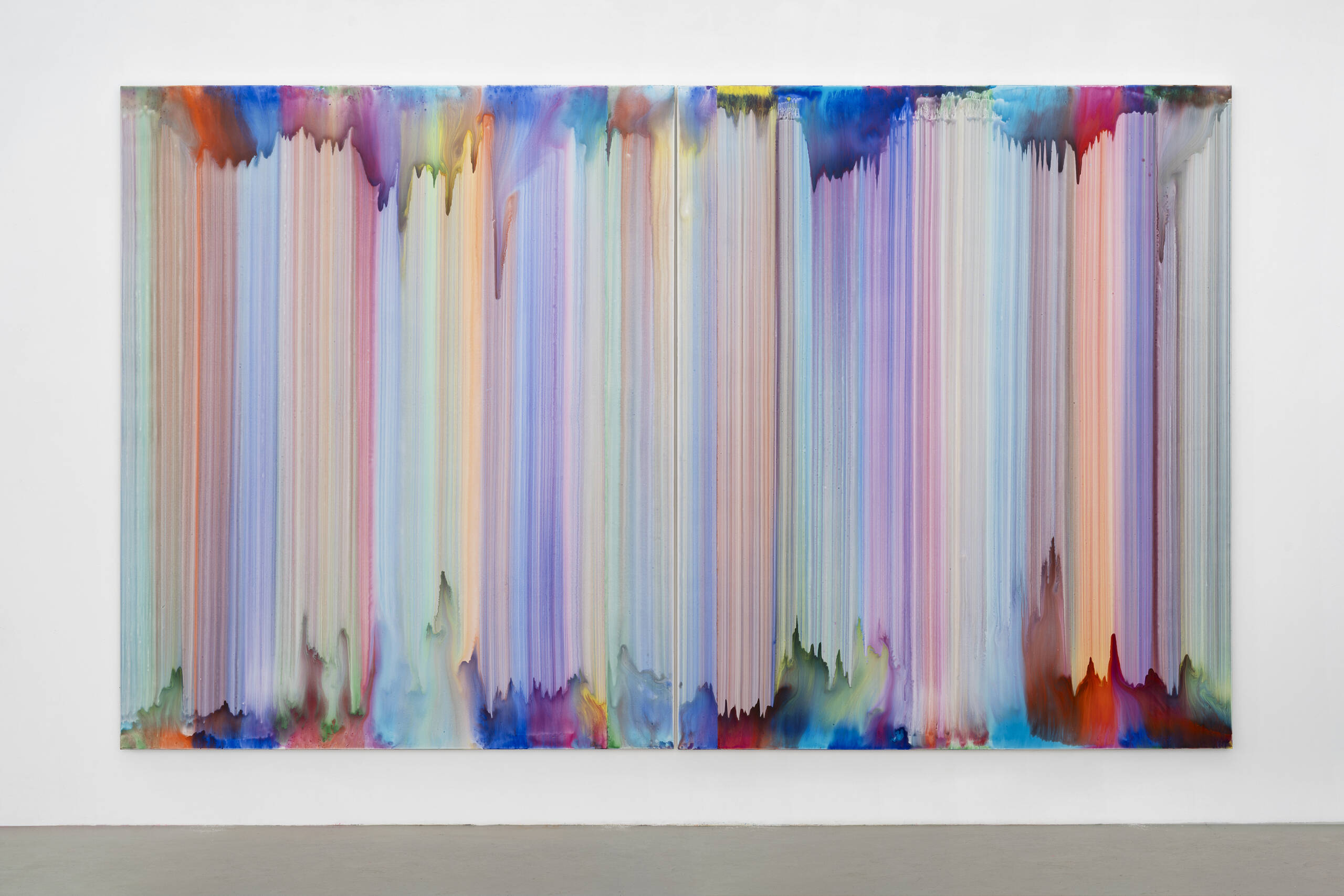













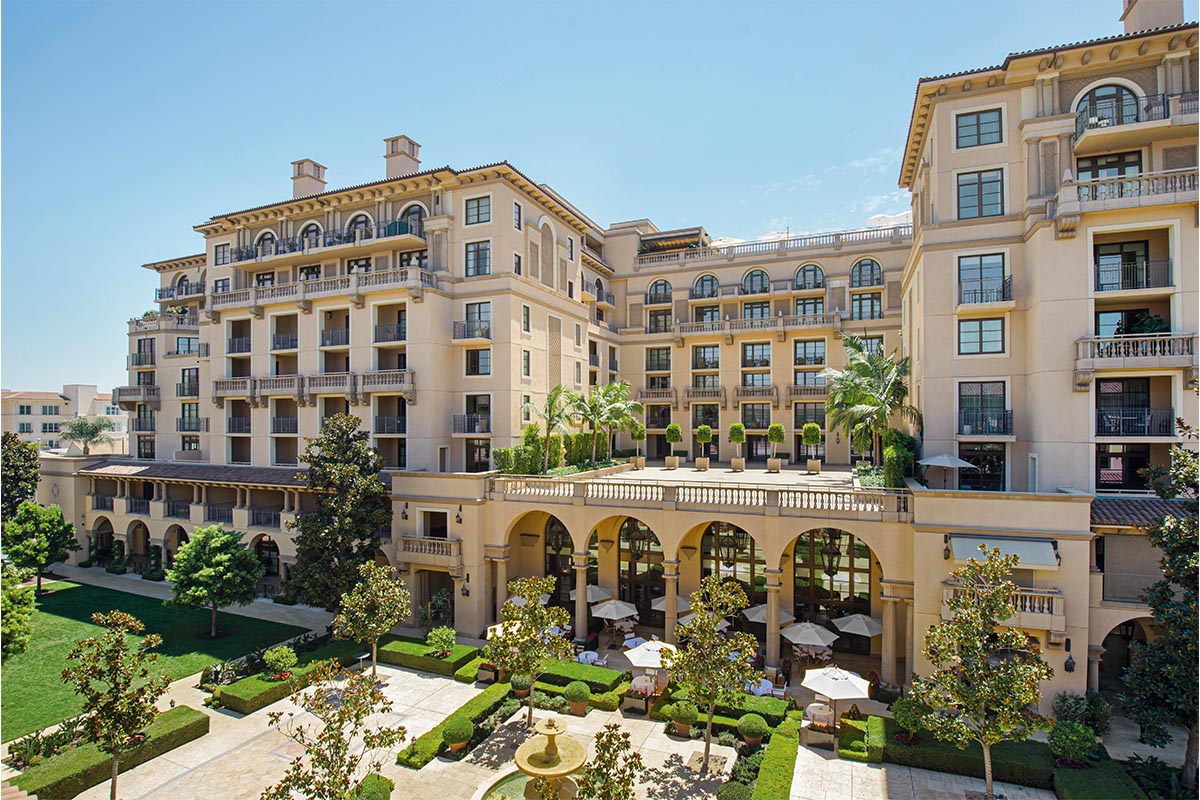
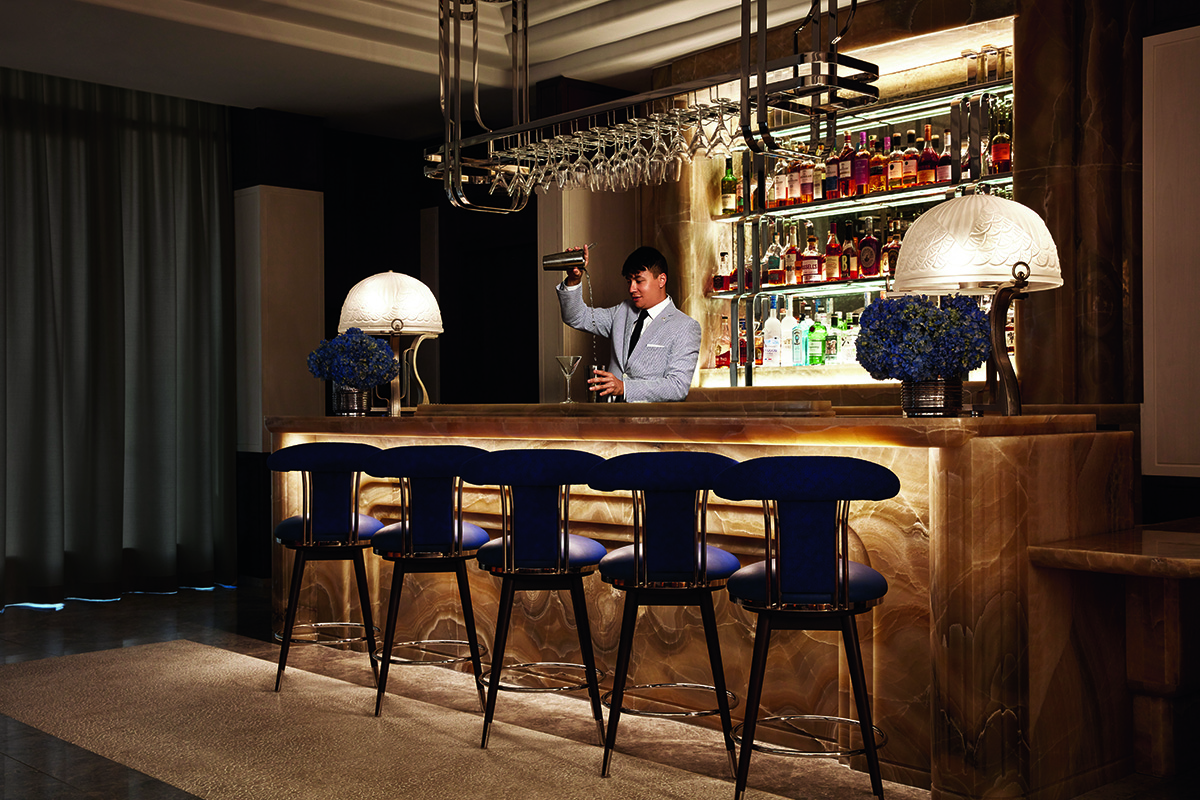












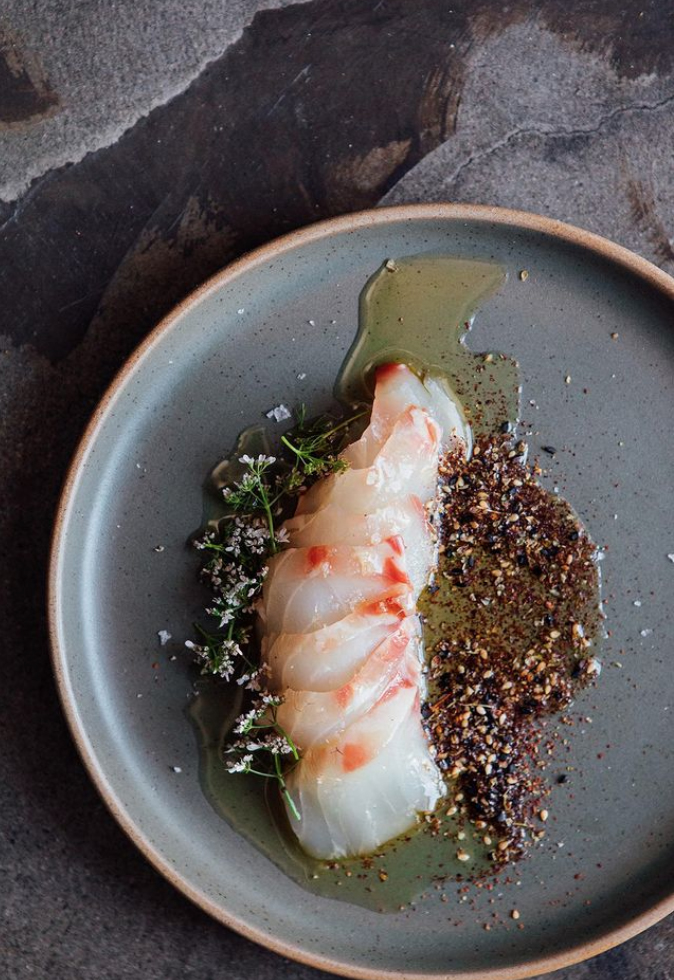
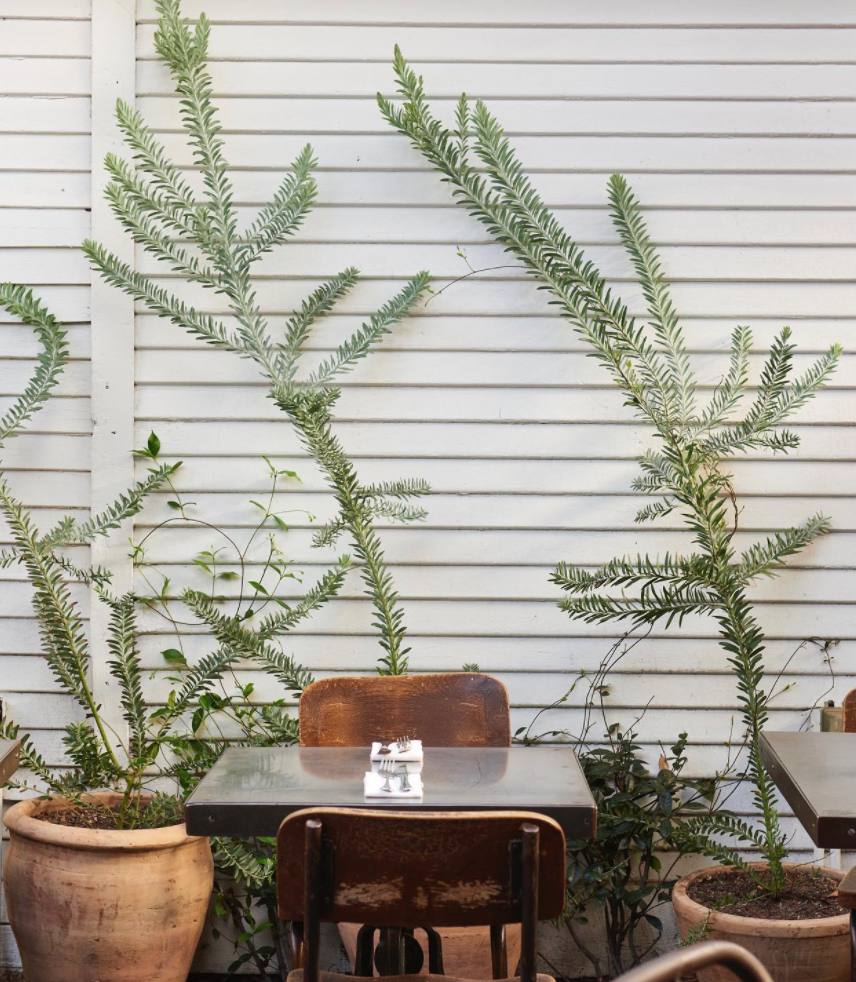









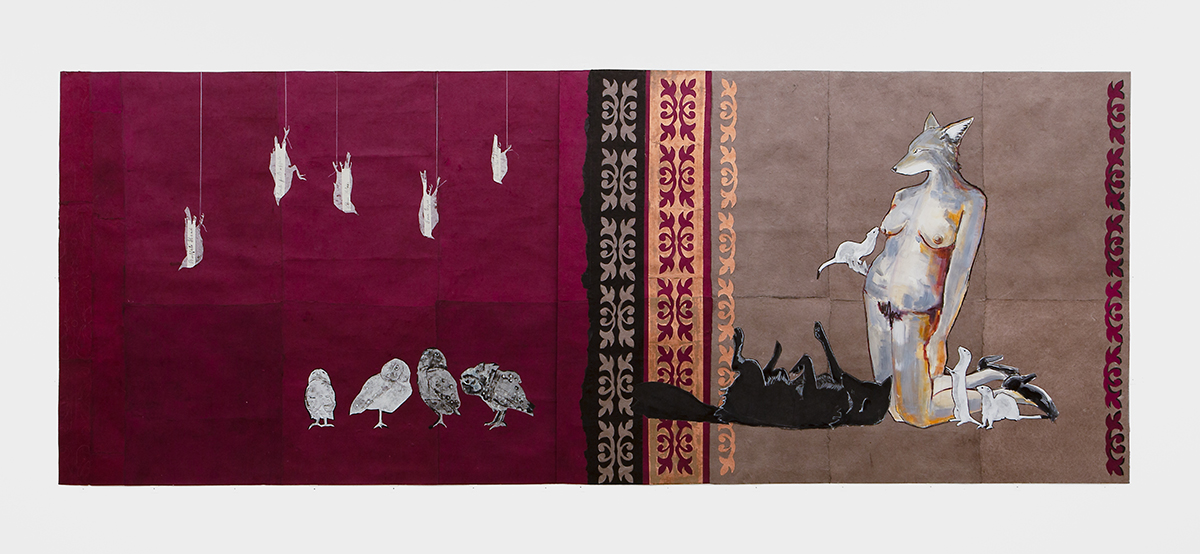


























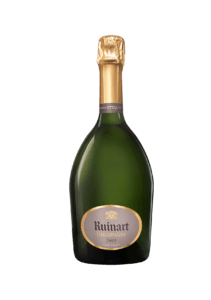






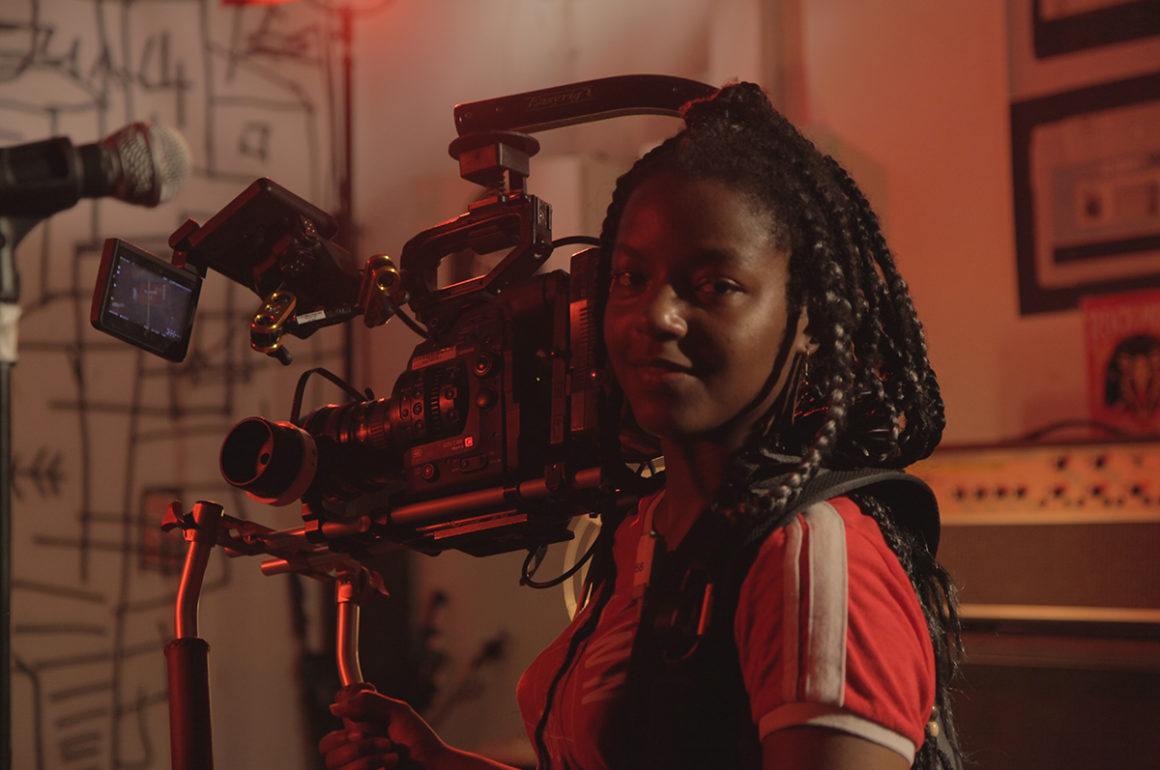

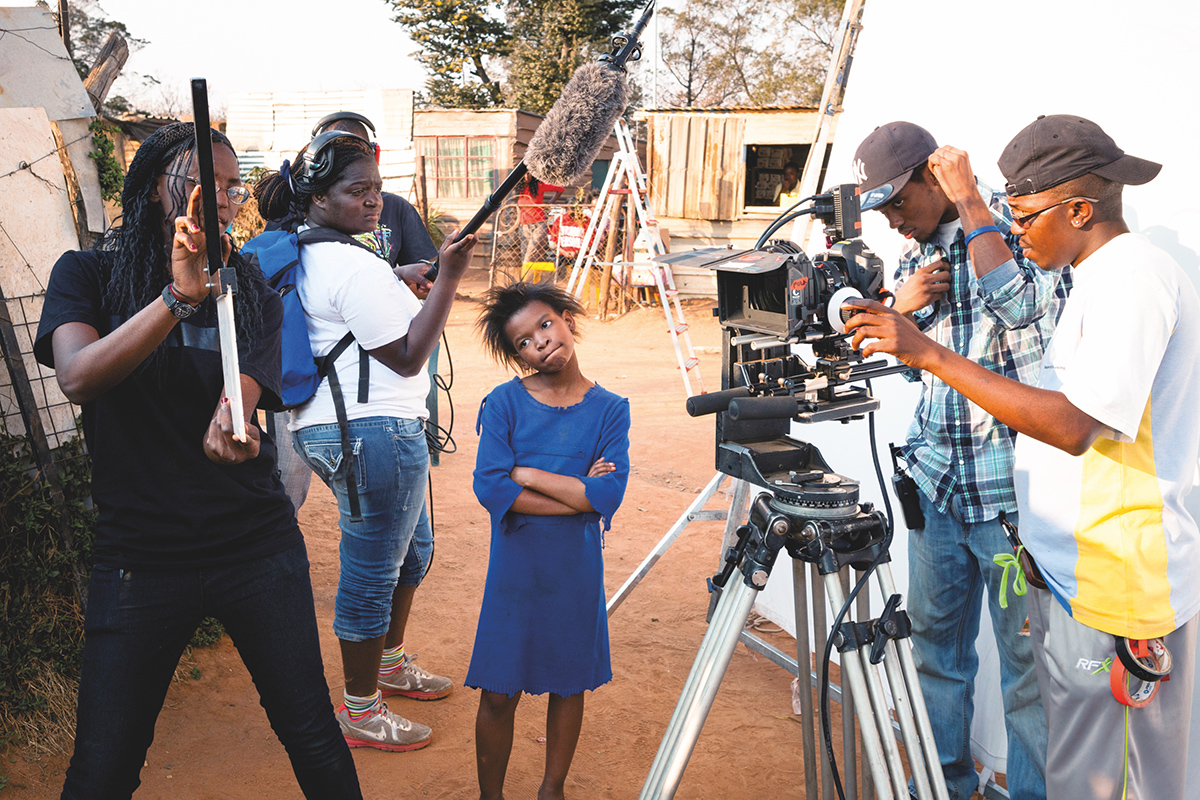
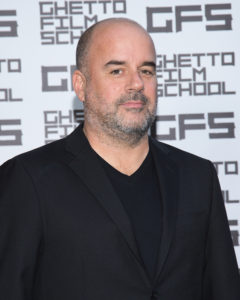



 ALIMA LEE
ALIMA LEE DANIELLE BOYD
DANIELLE BOYD MICHELLE KIM
MICHELLE KIM NABEER KHAN
NABEER KHAN
 NOAH SELLMAN
NOAH SELLMAN TIMOTHY OFFOR
TIMOTHY OFFOR TORYN SEABROOKS
TORYN SEABROOKS SILVIA LARA
SILVIA LARA


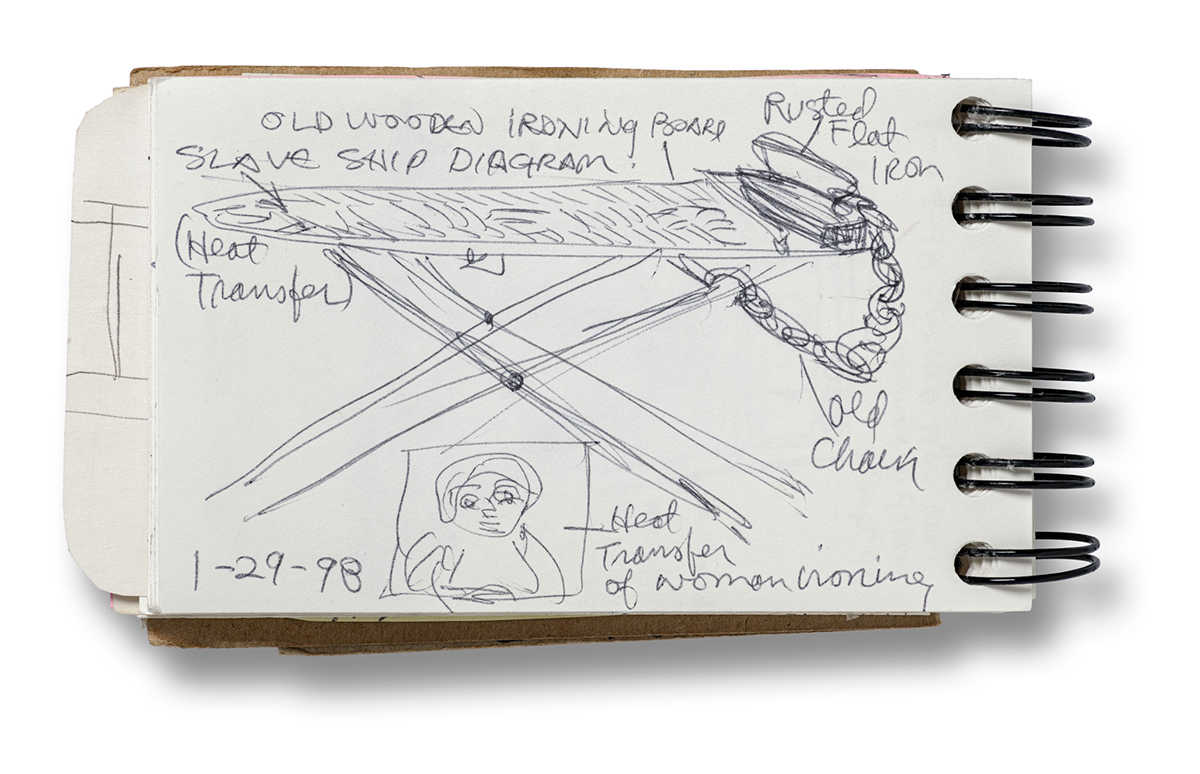
















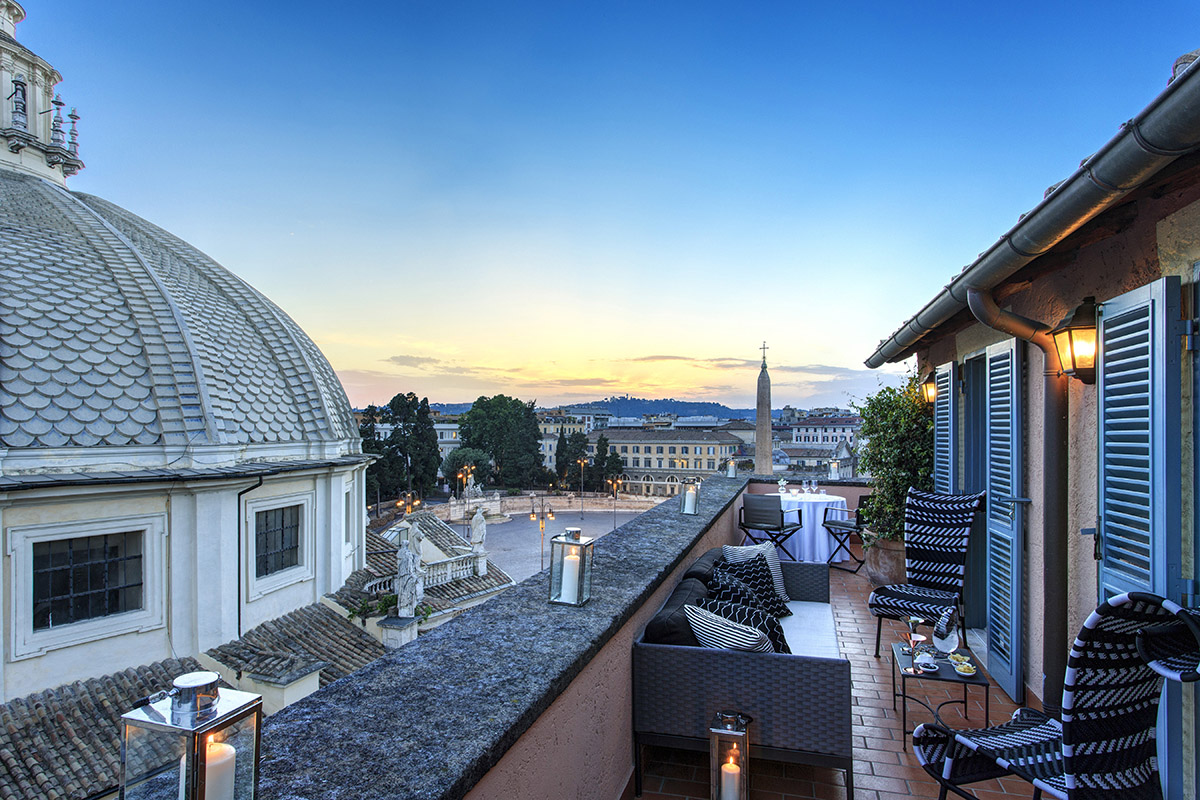

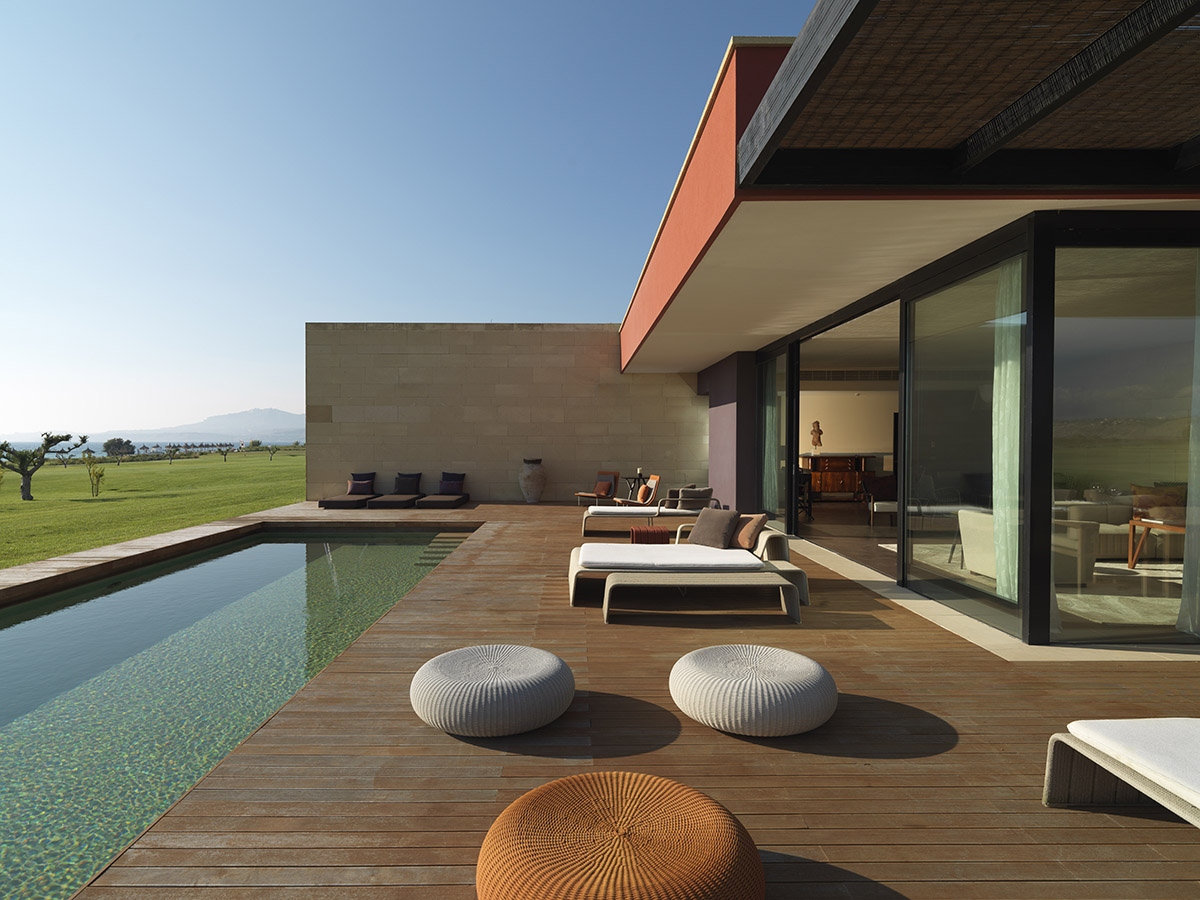
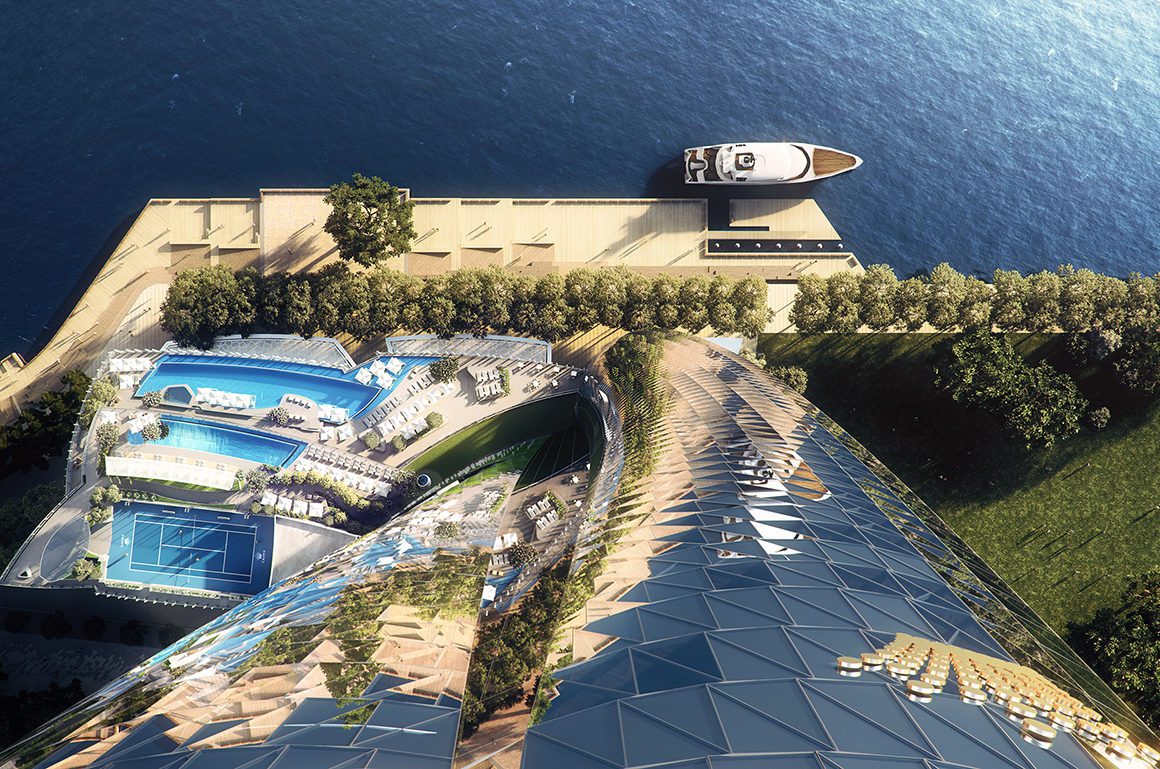




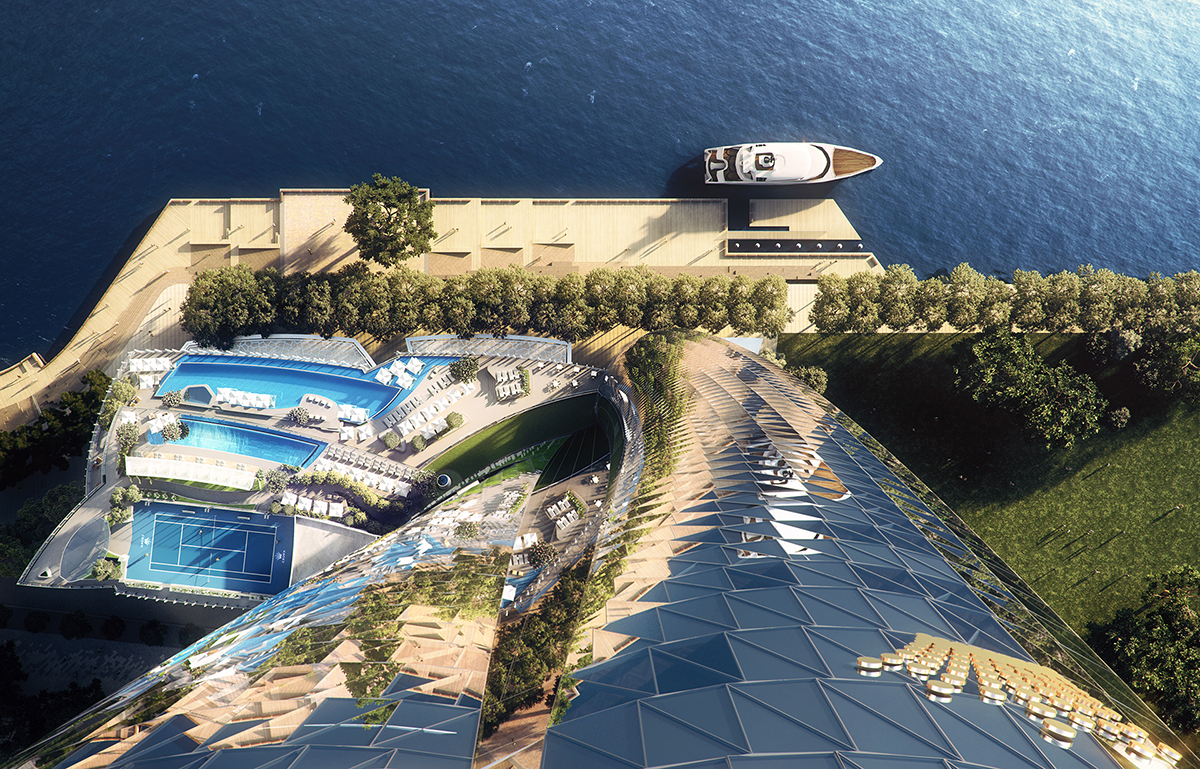



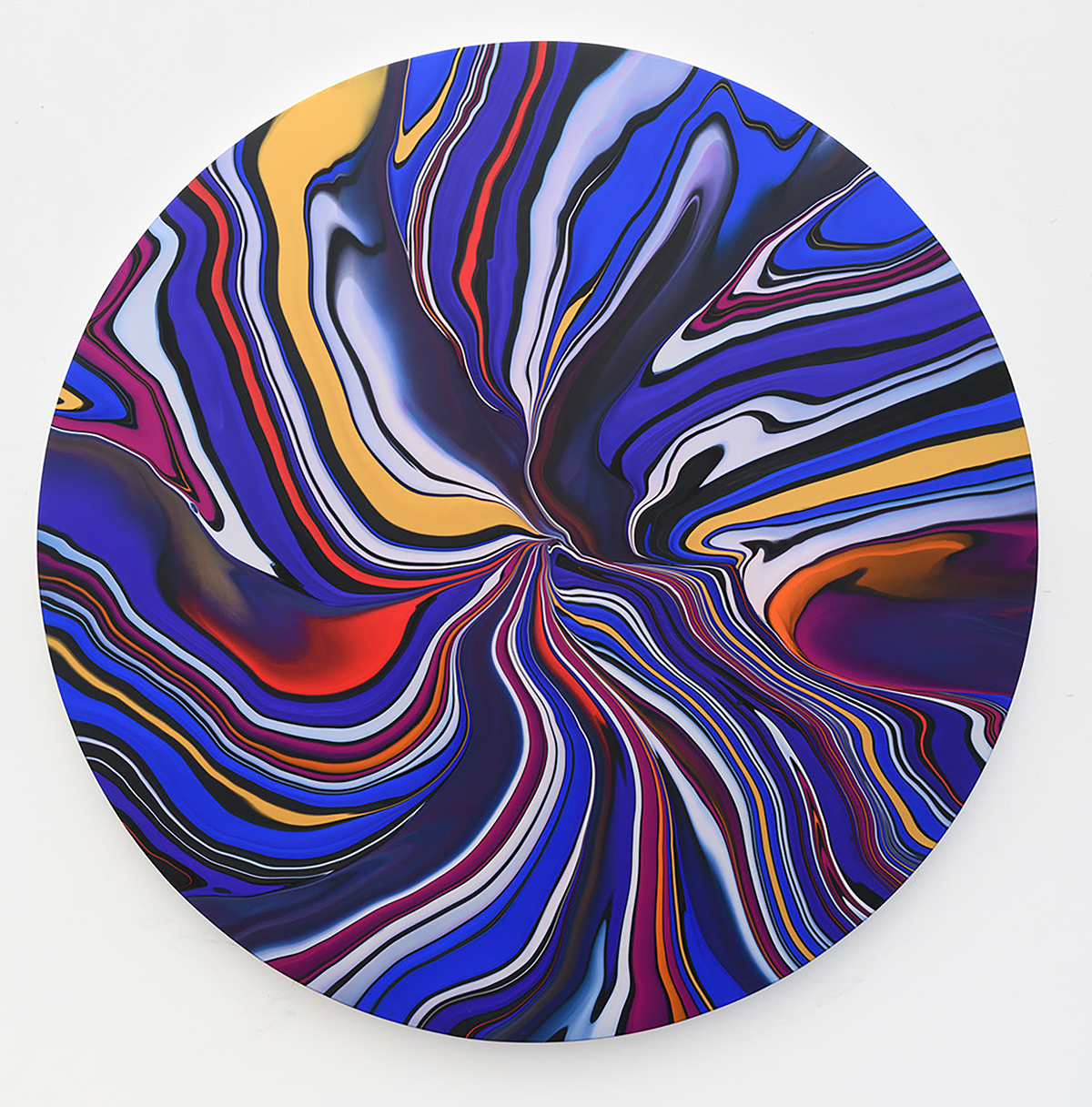



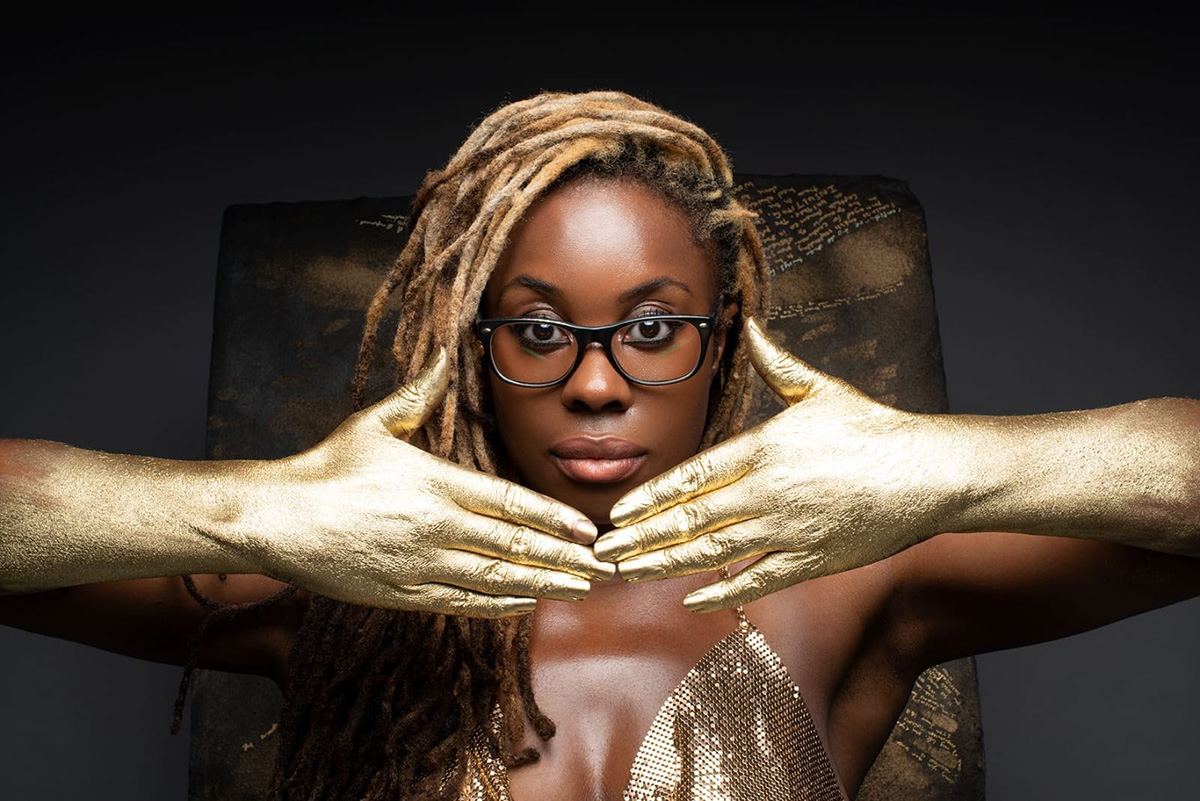



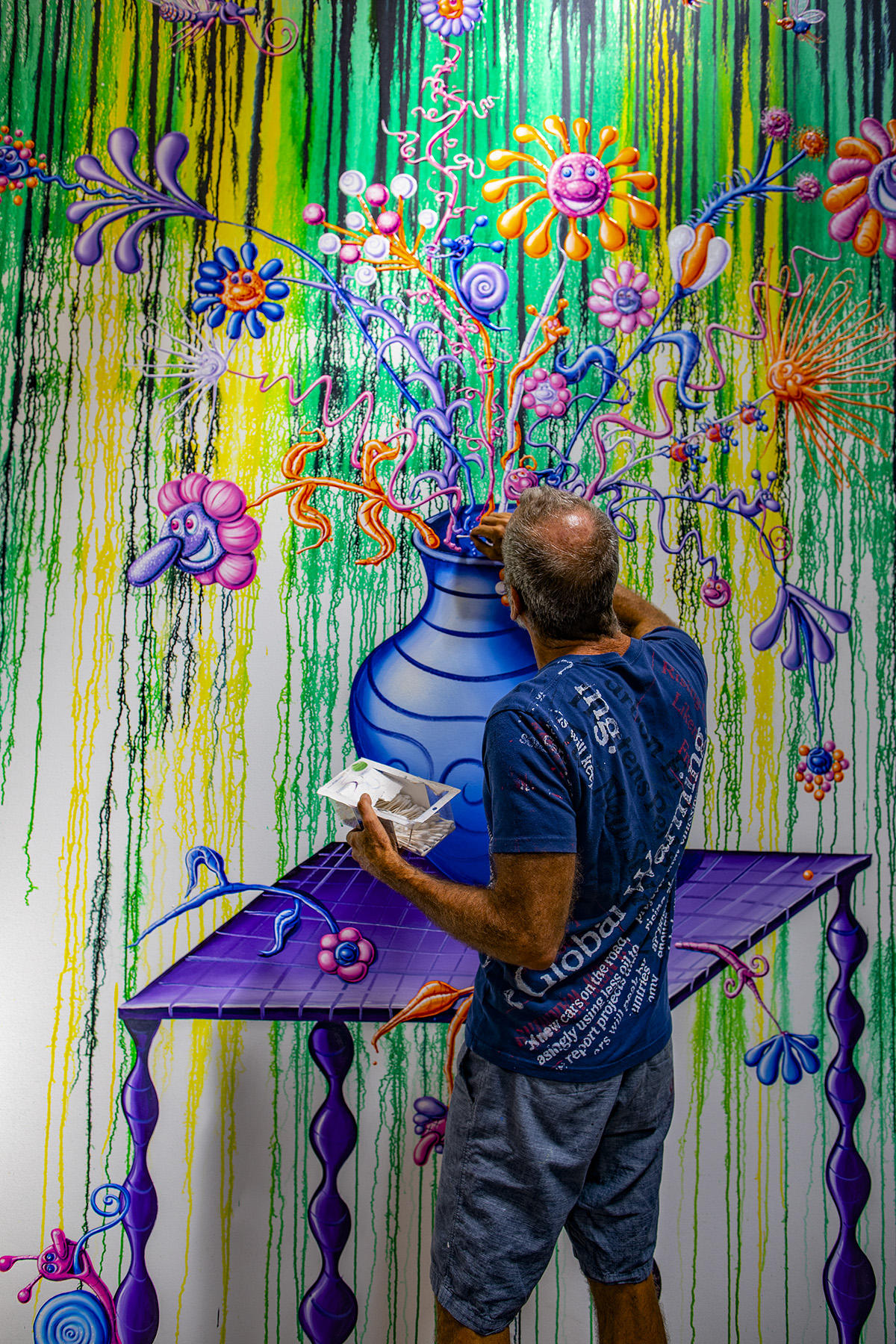
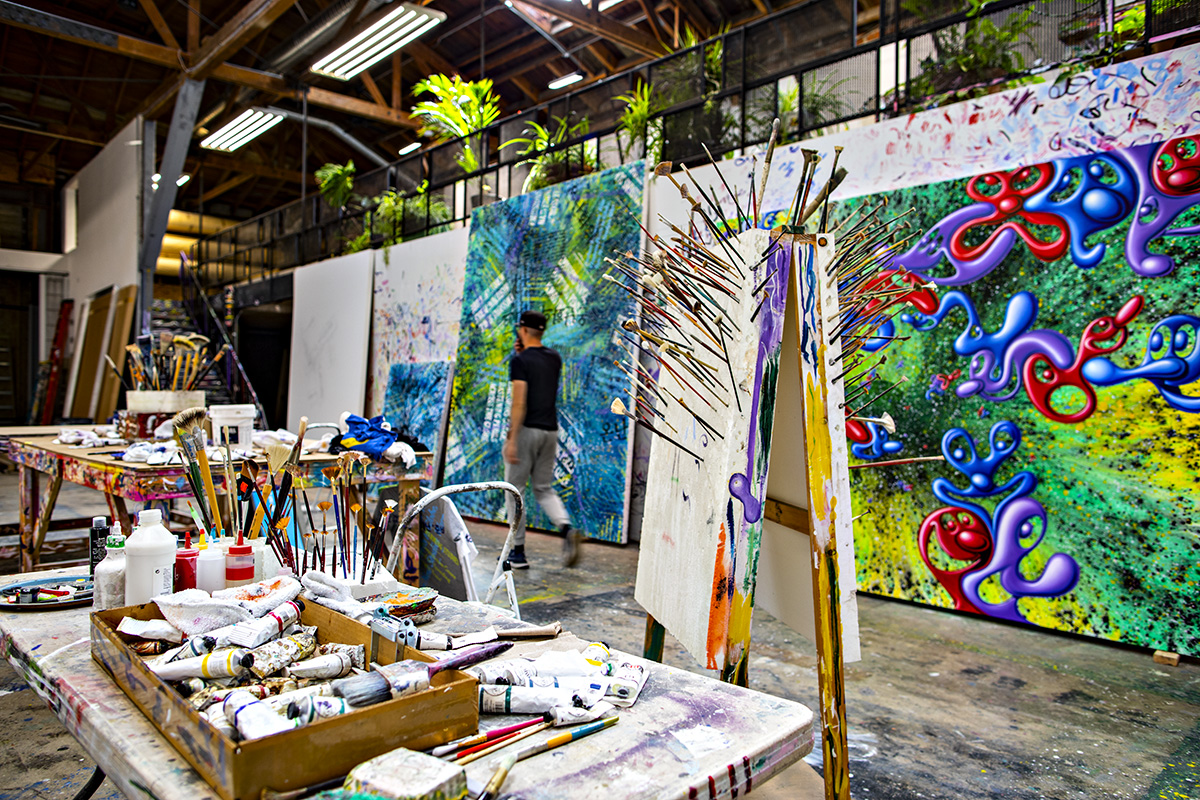



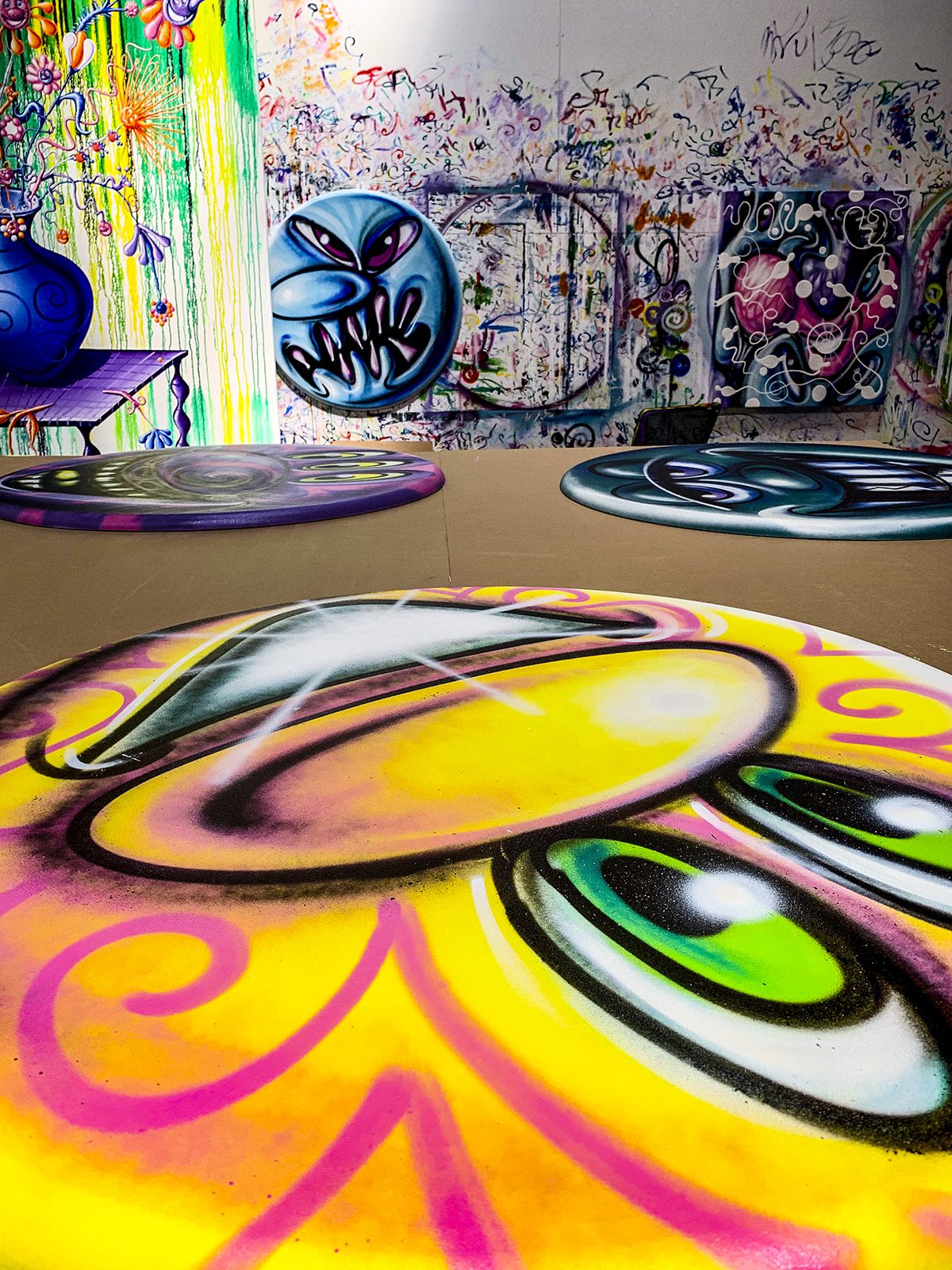






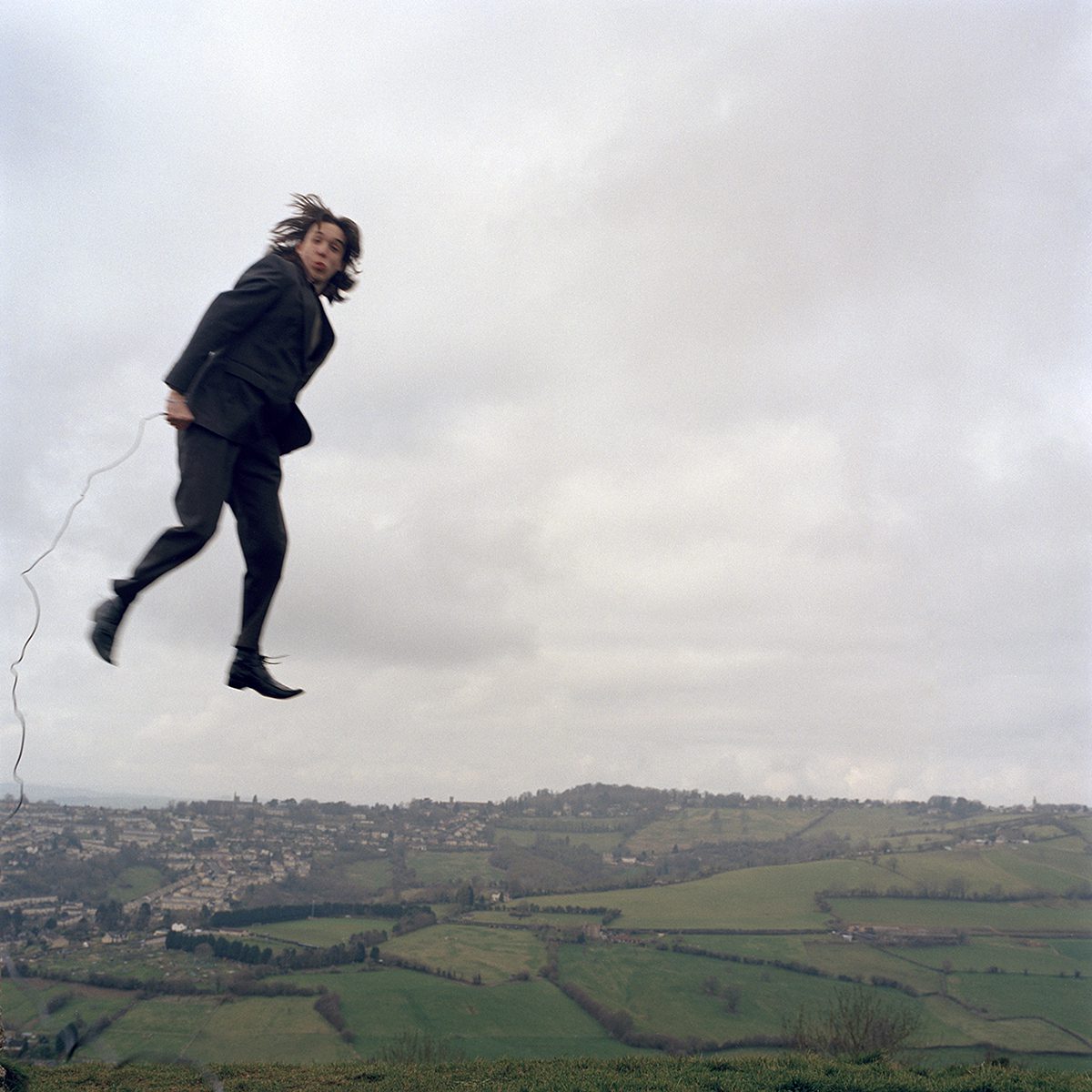



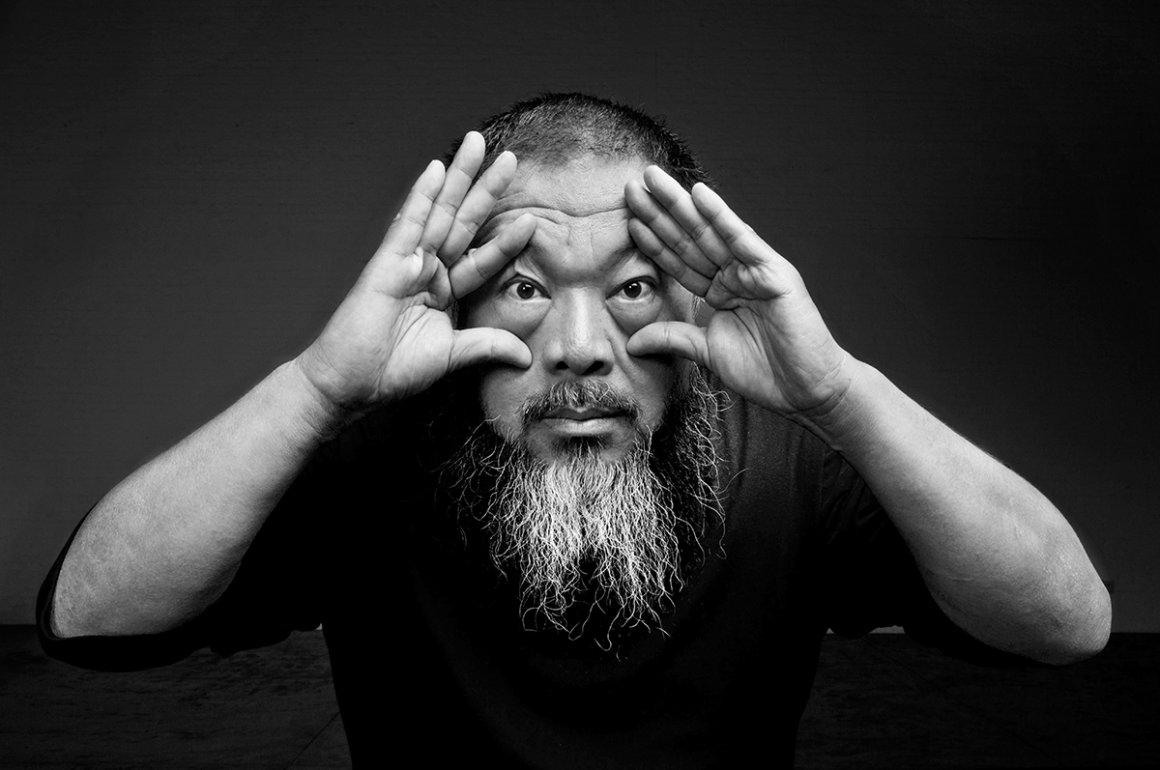


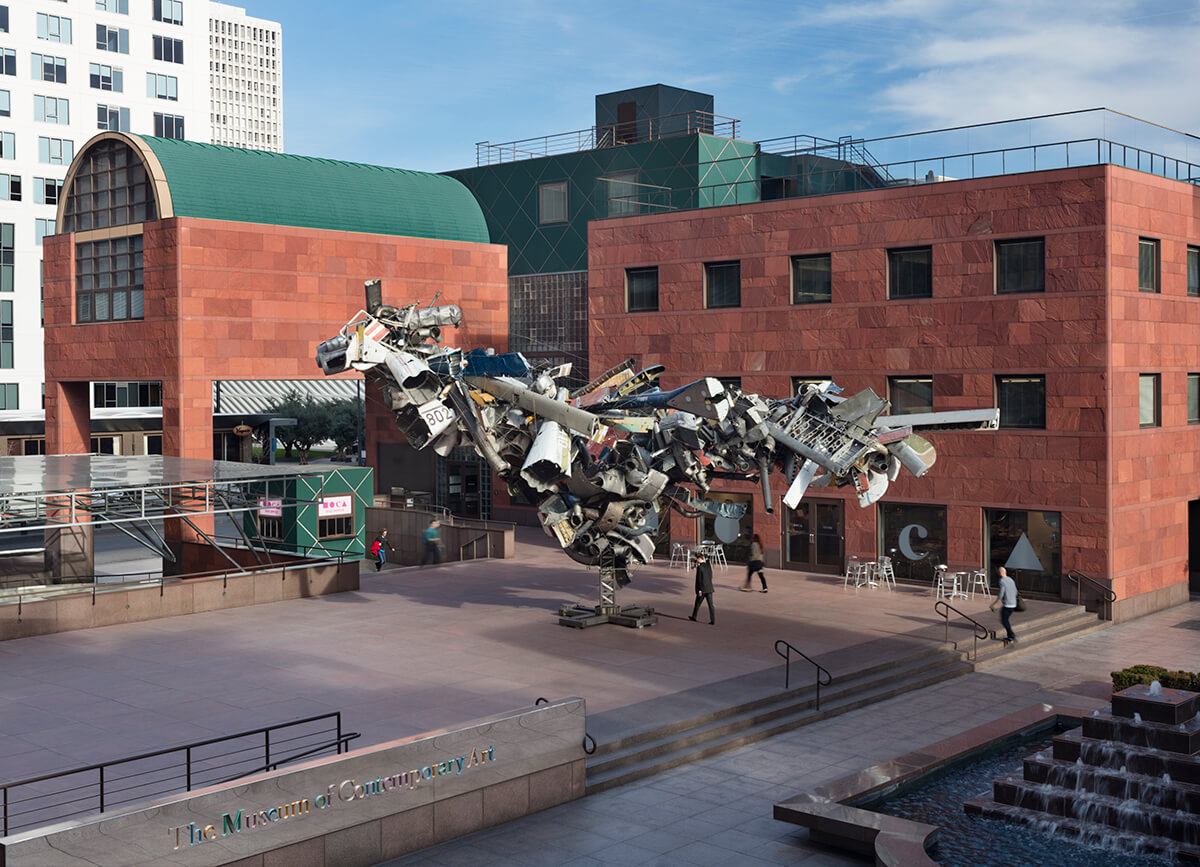
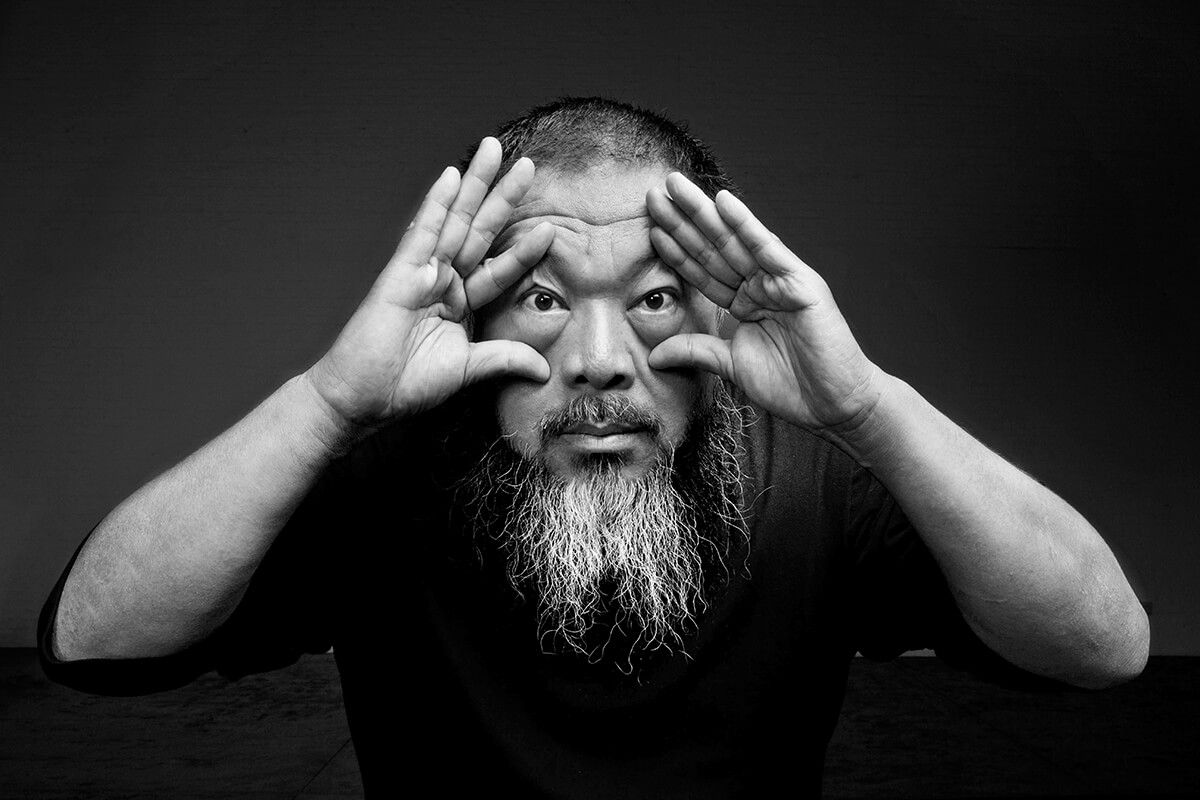
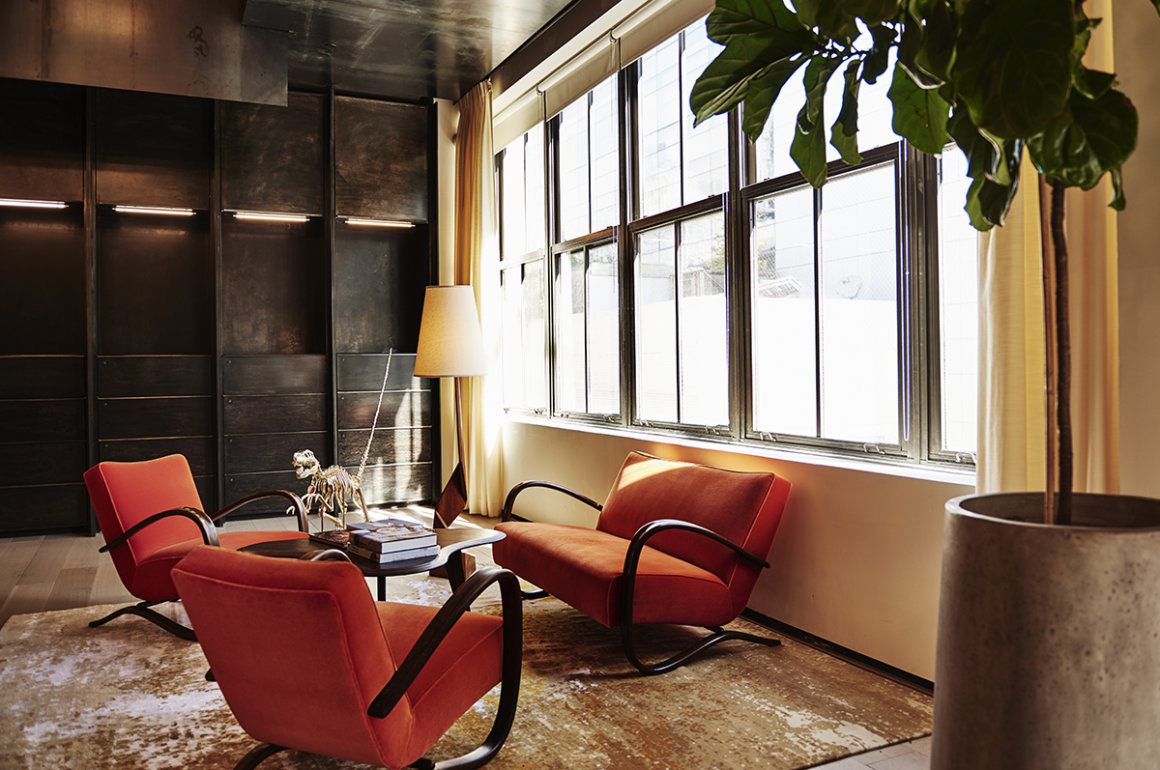





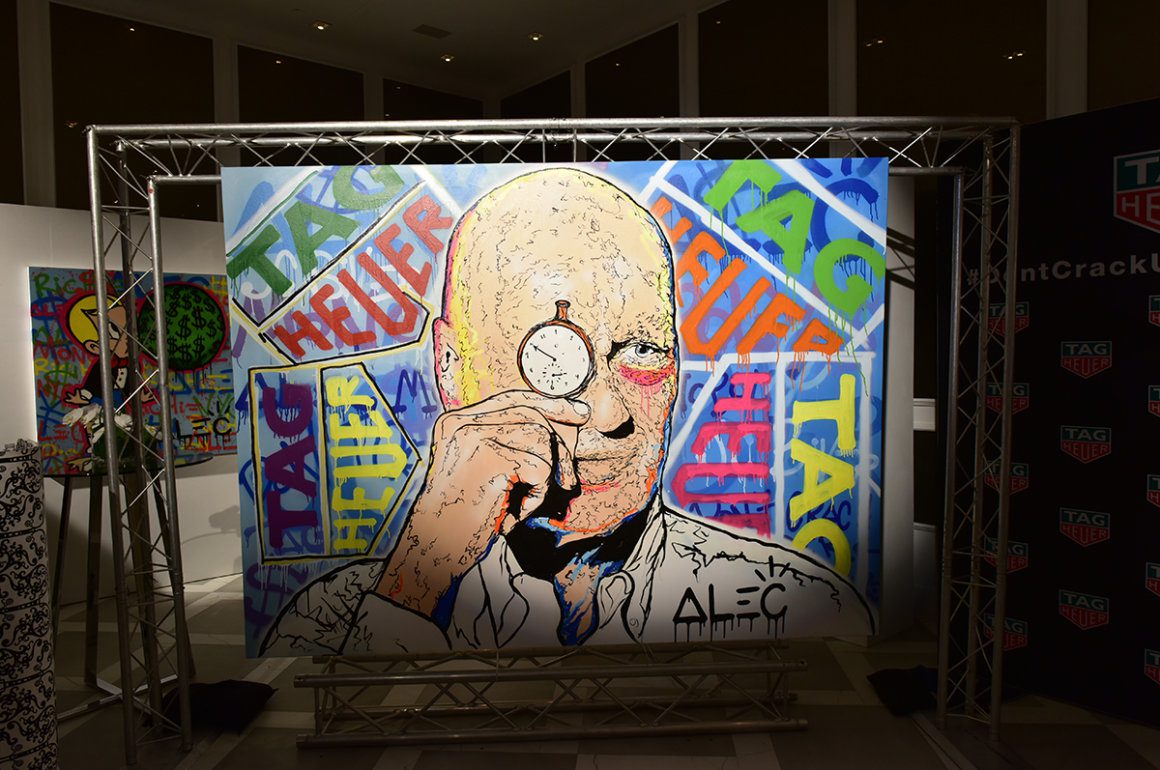
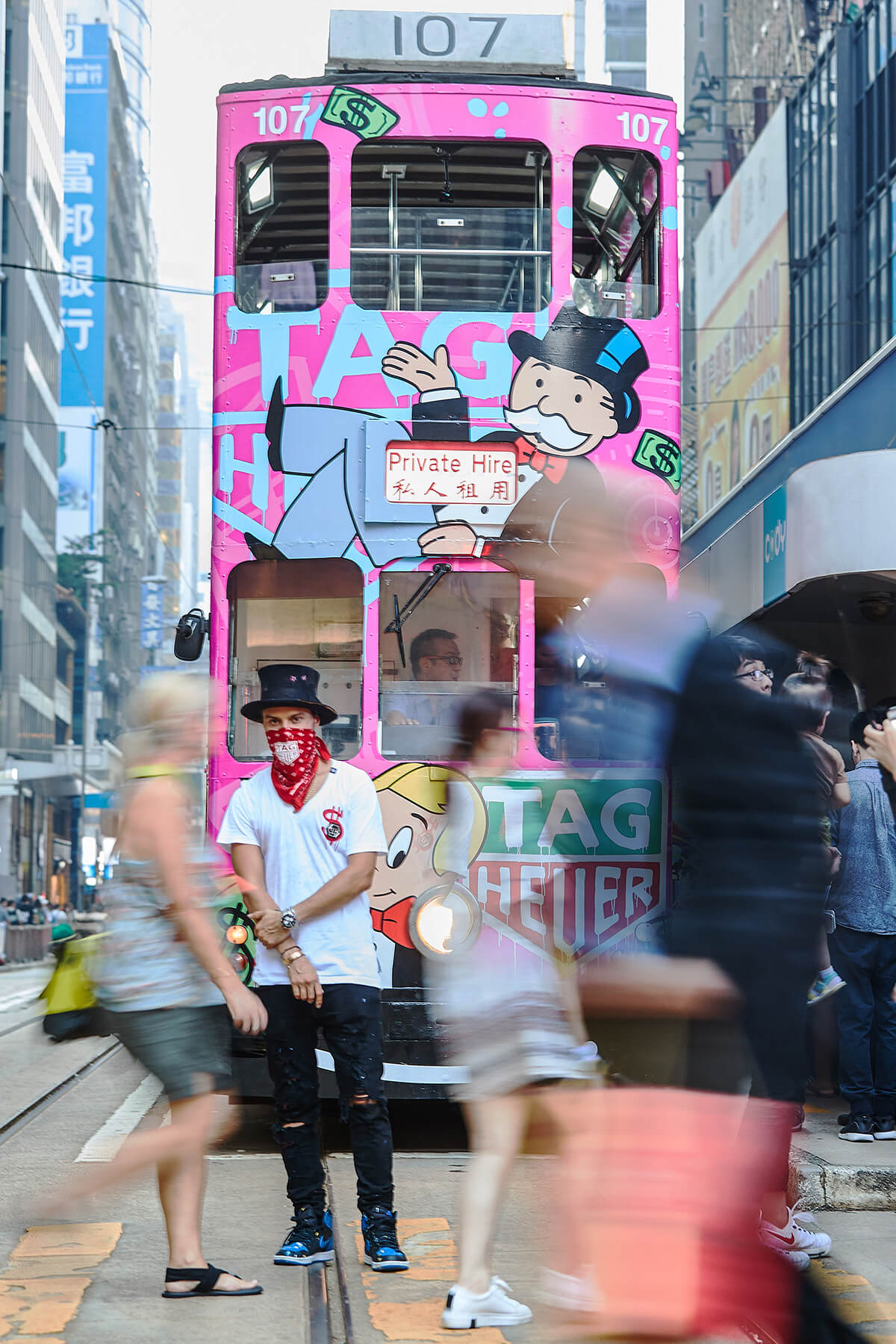

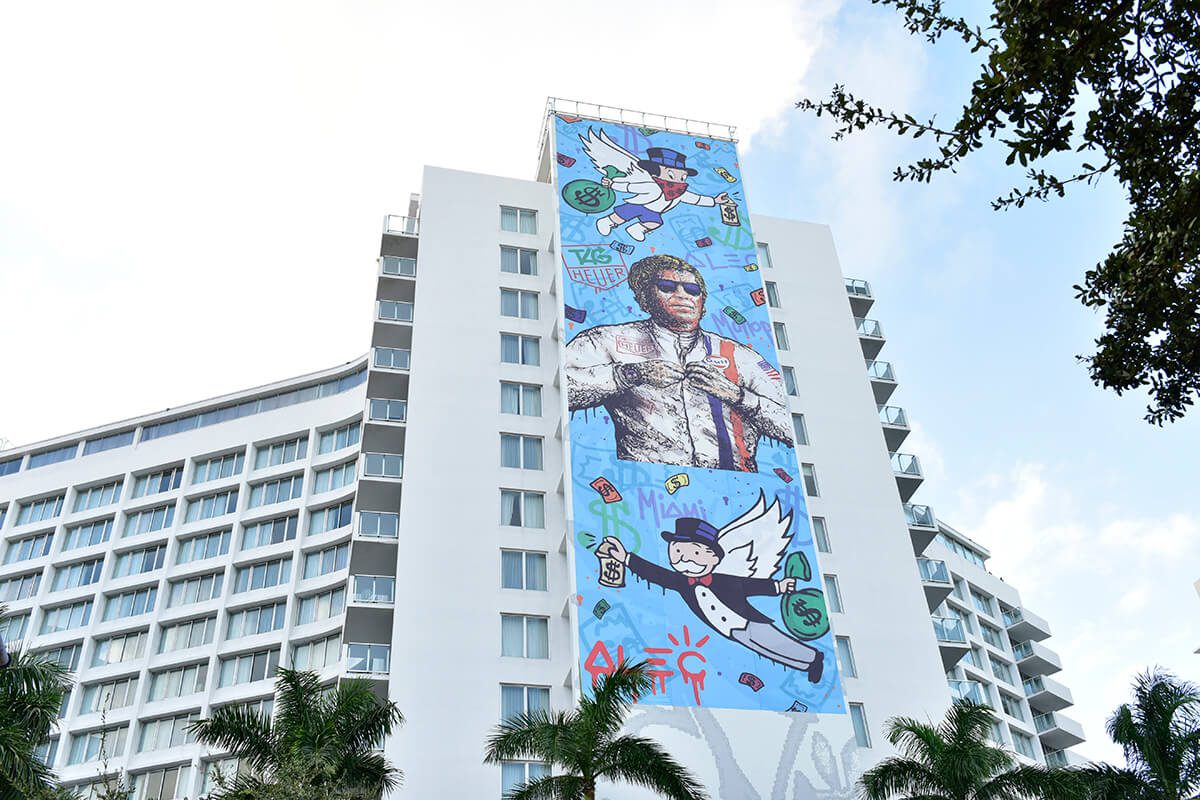



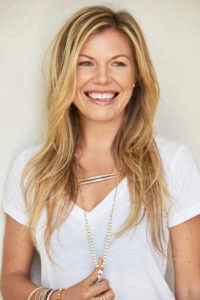











Recent Comments